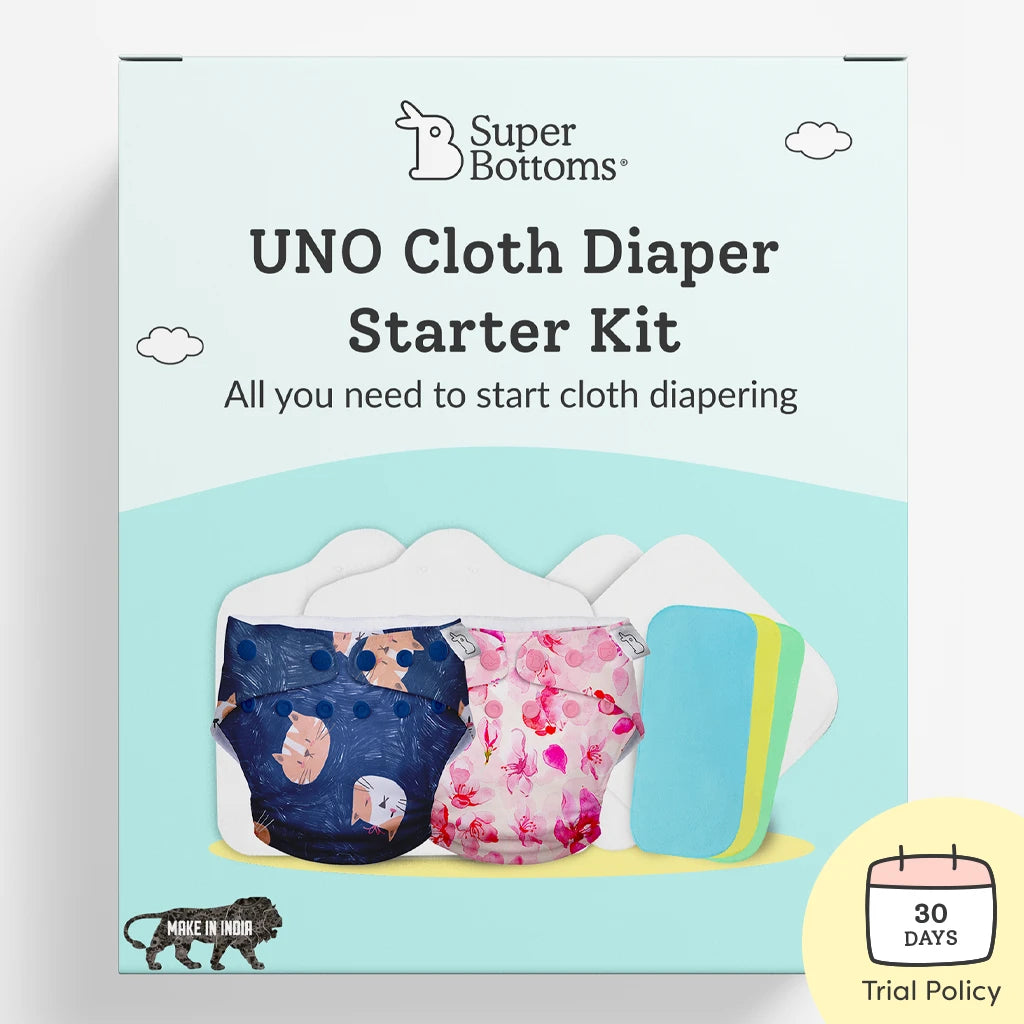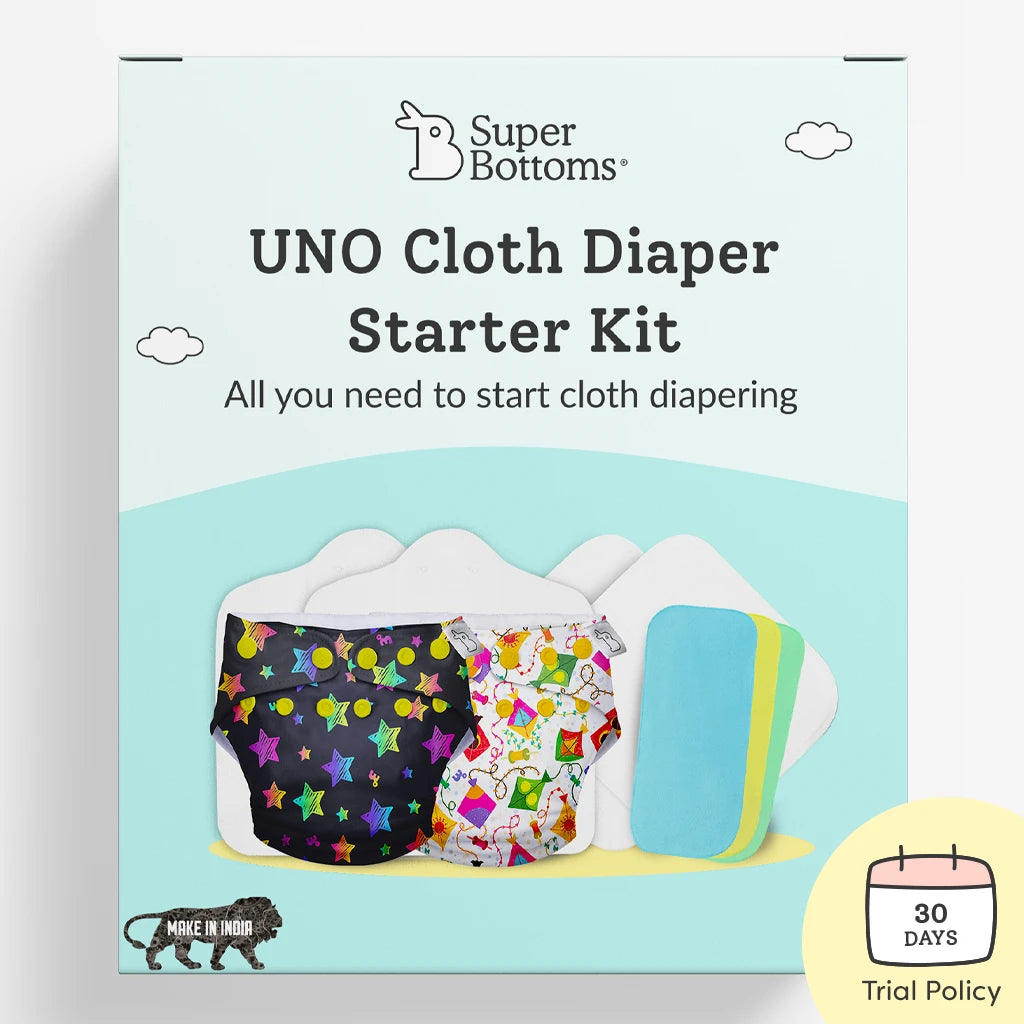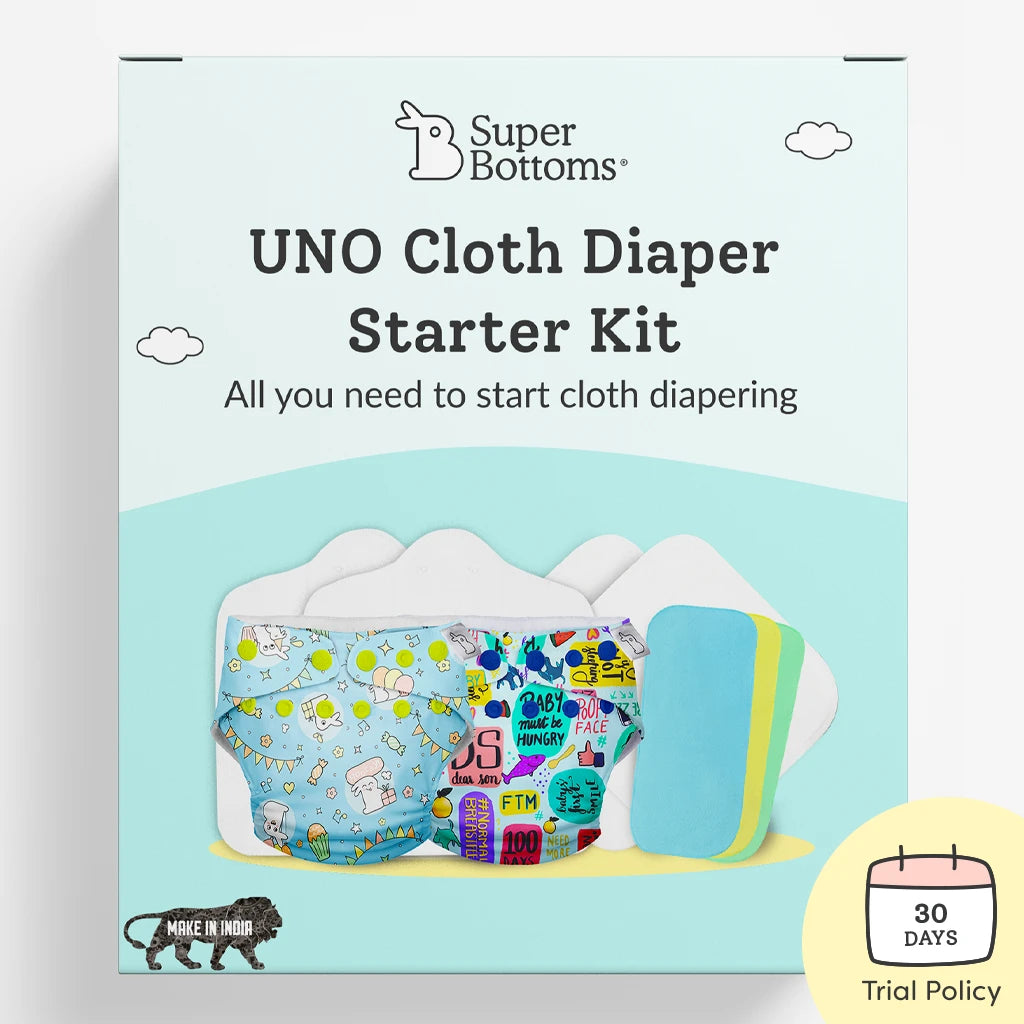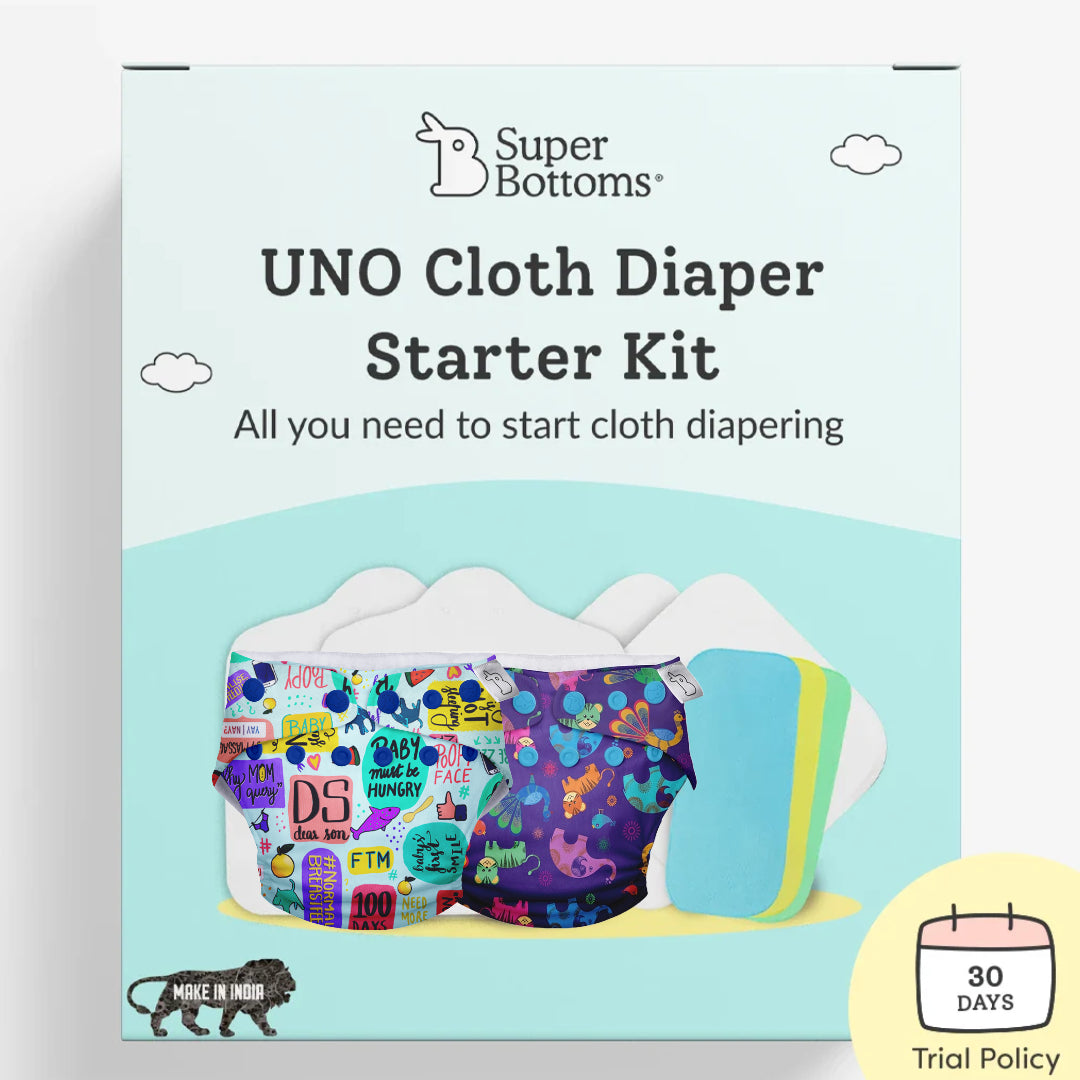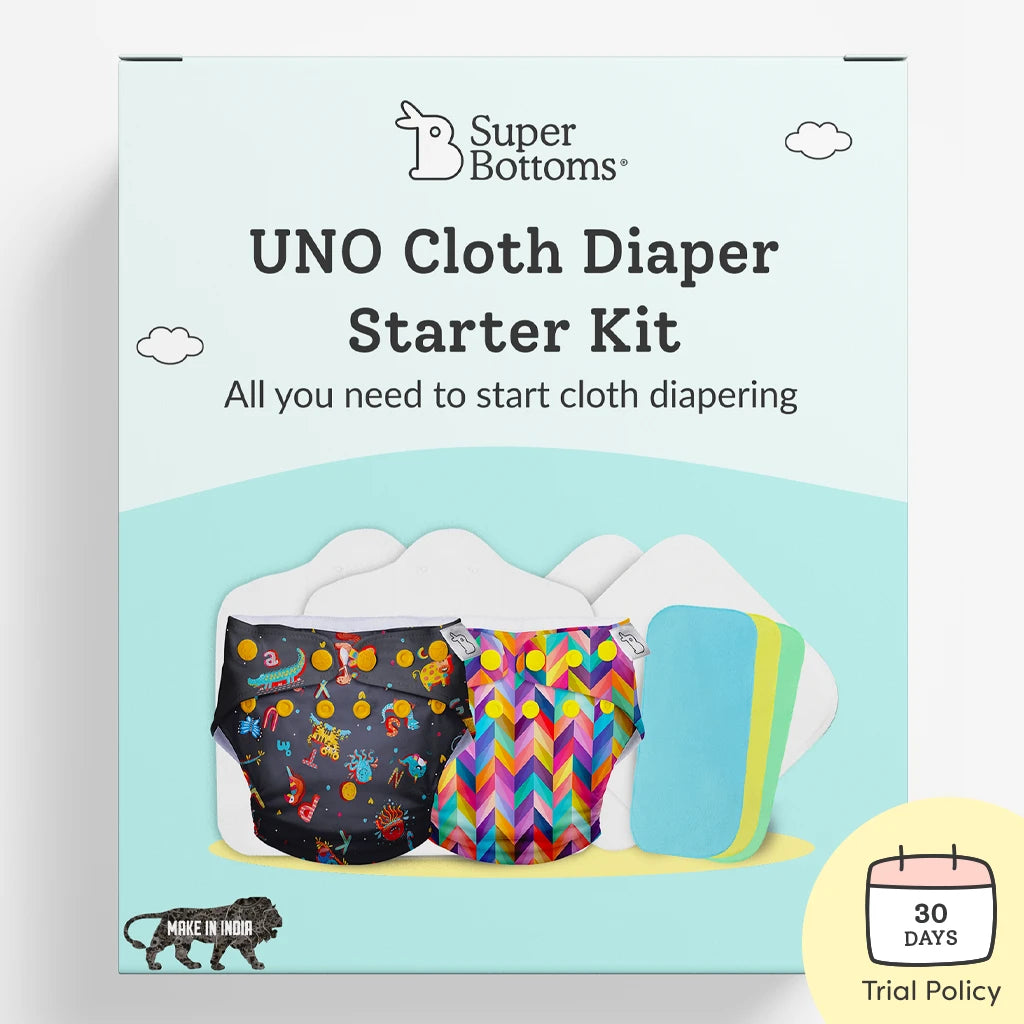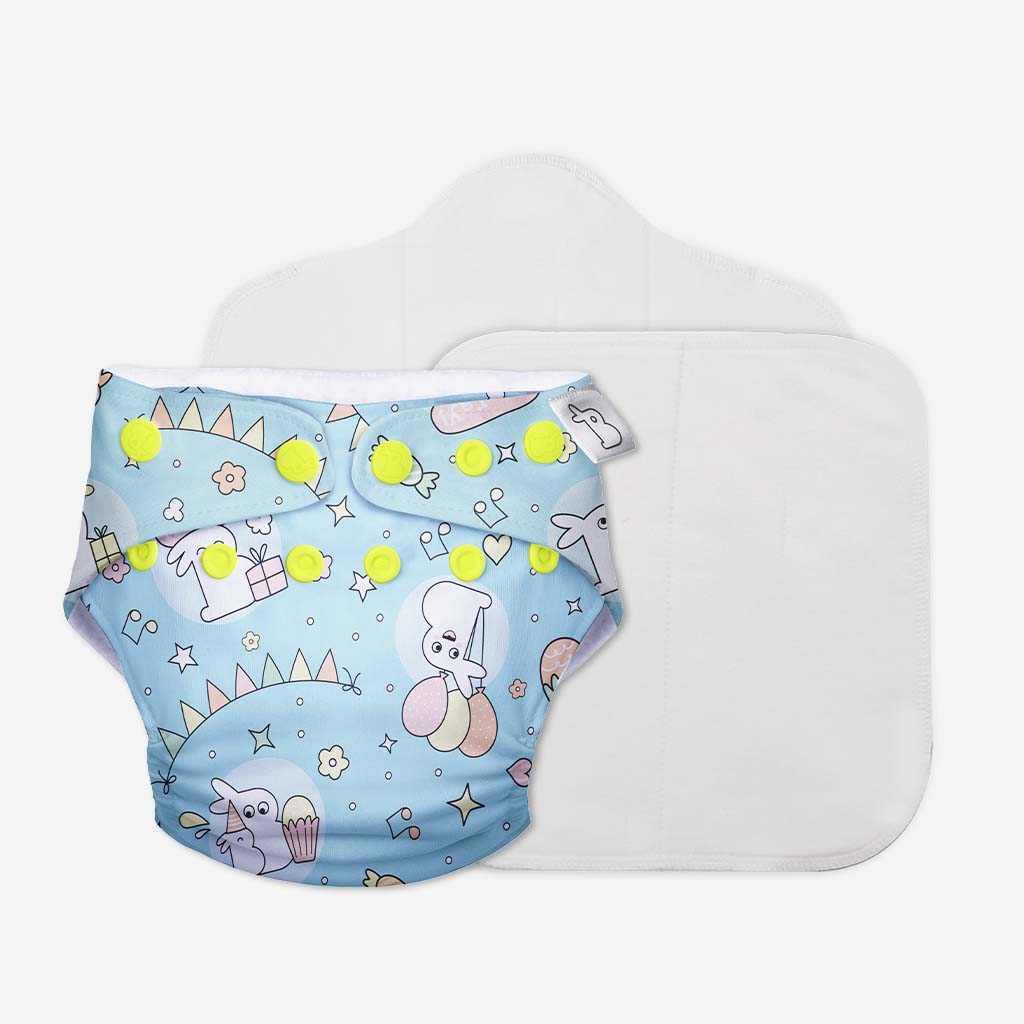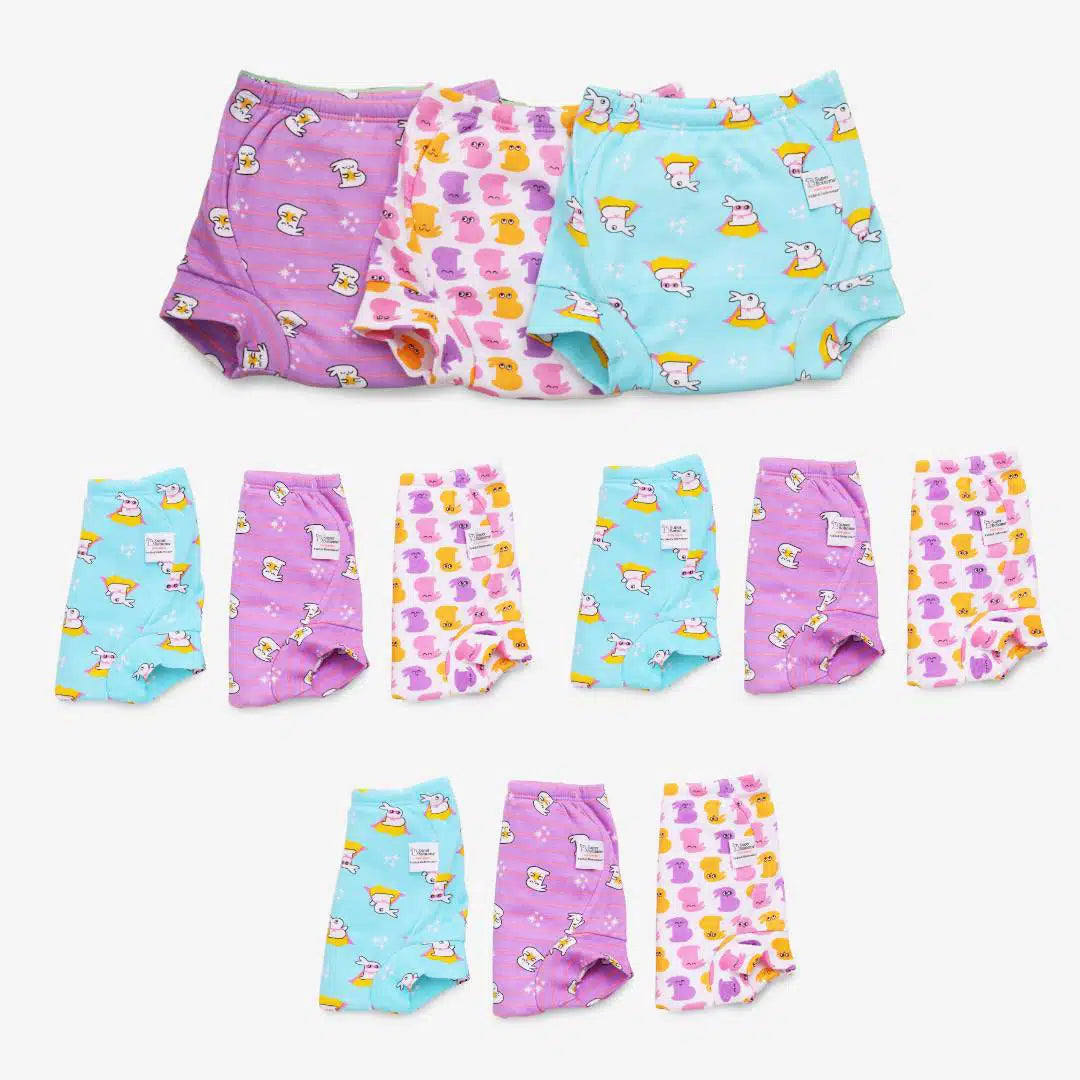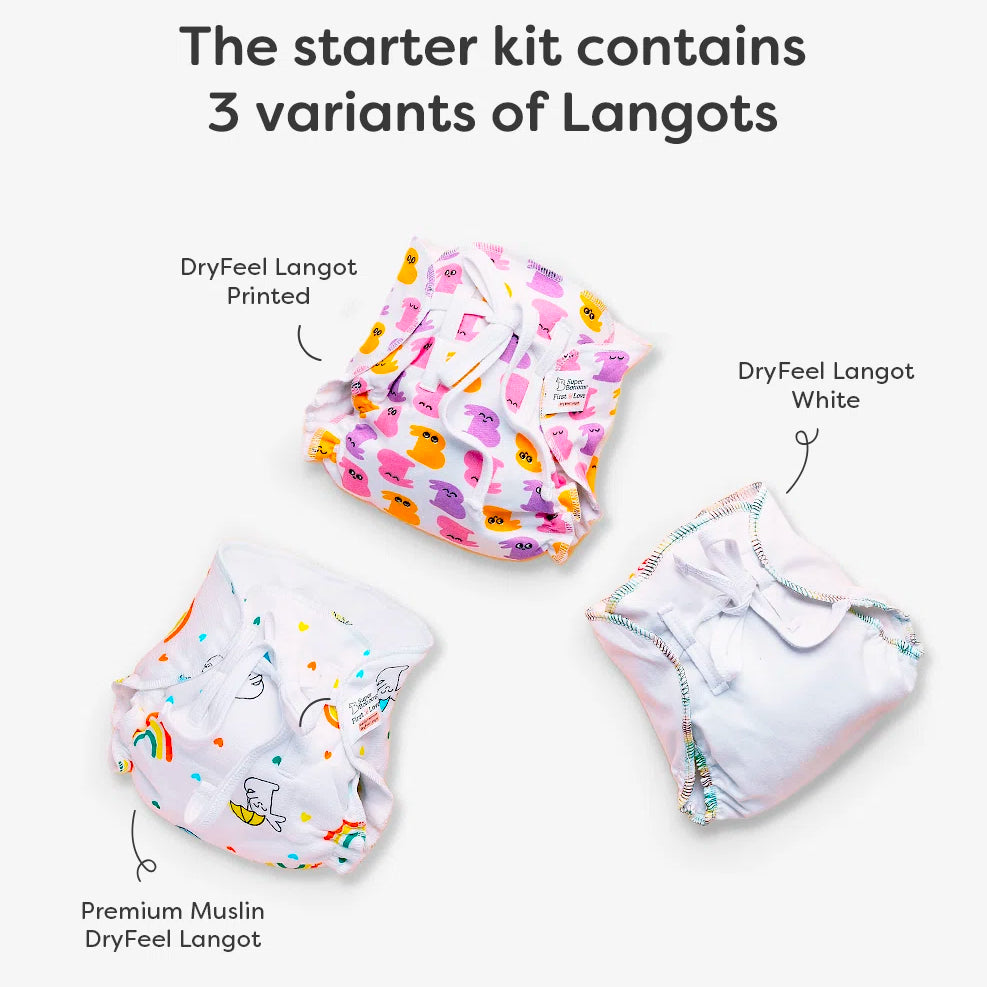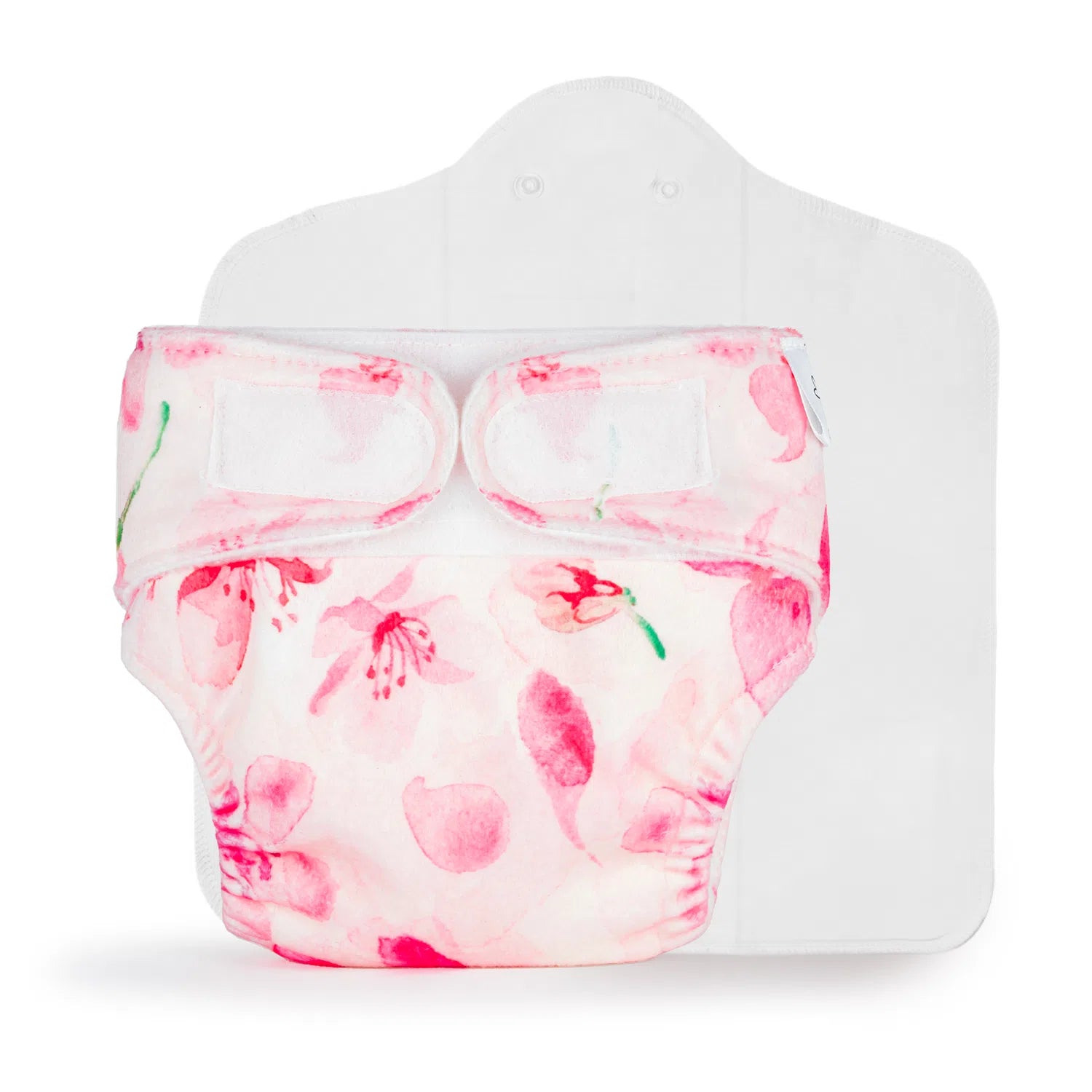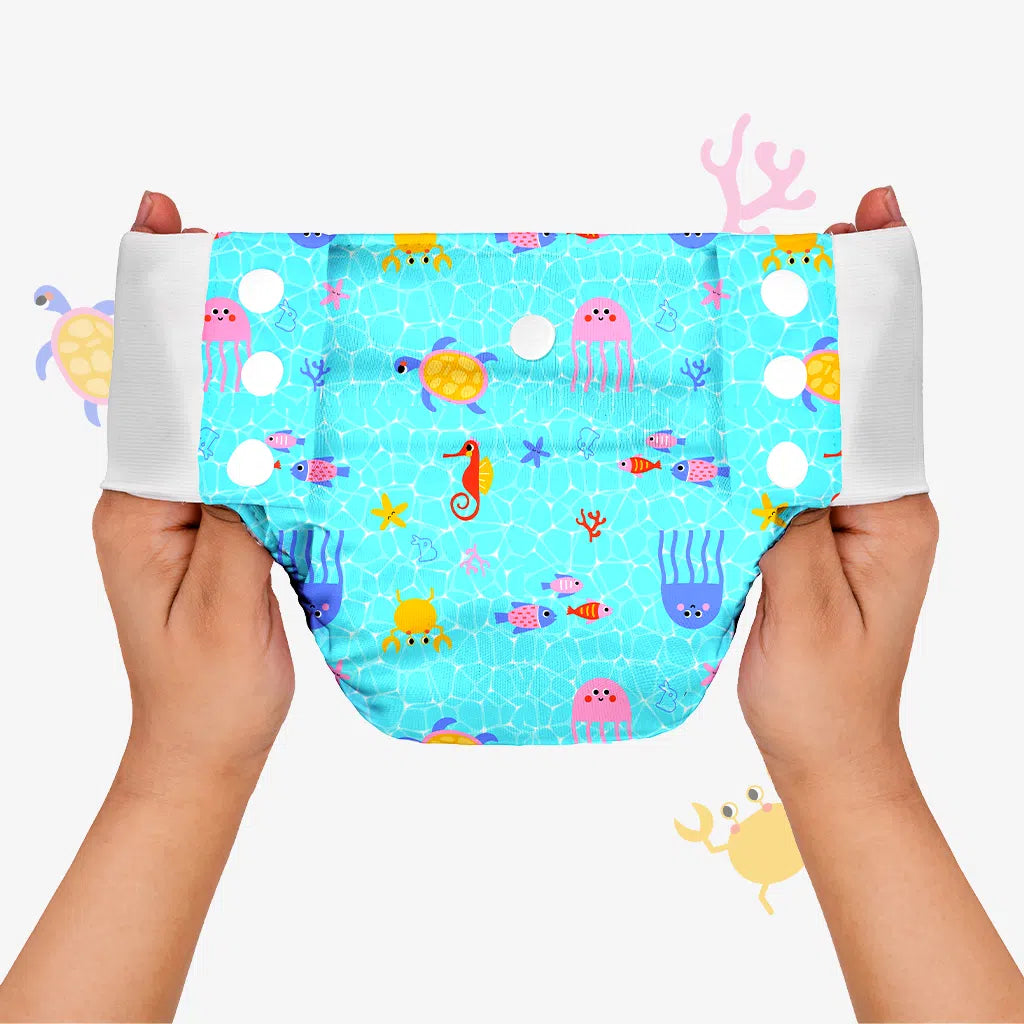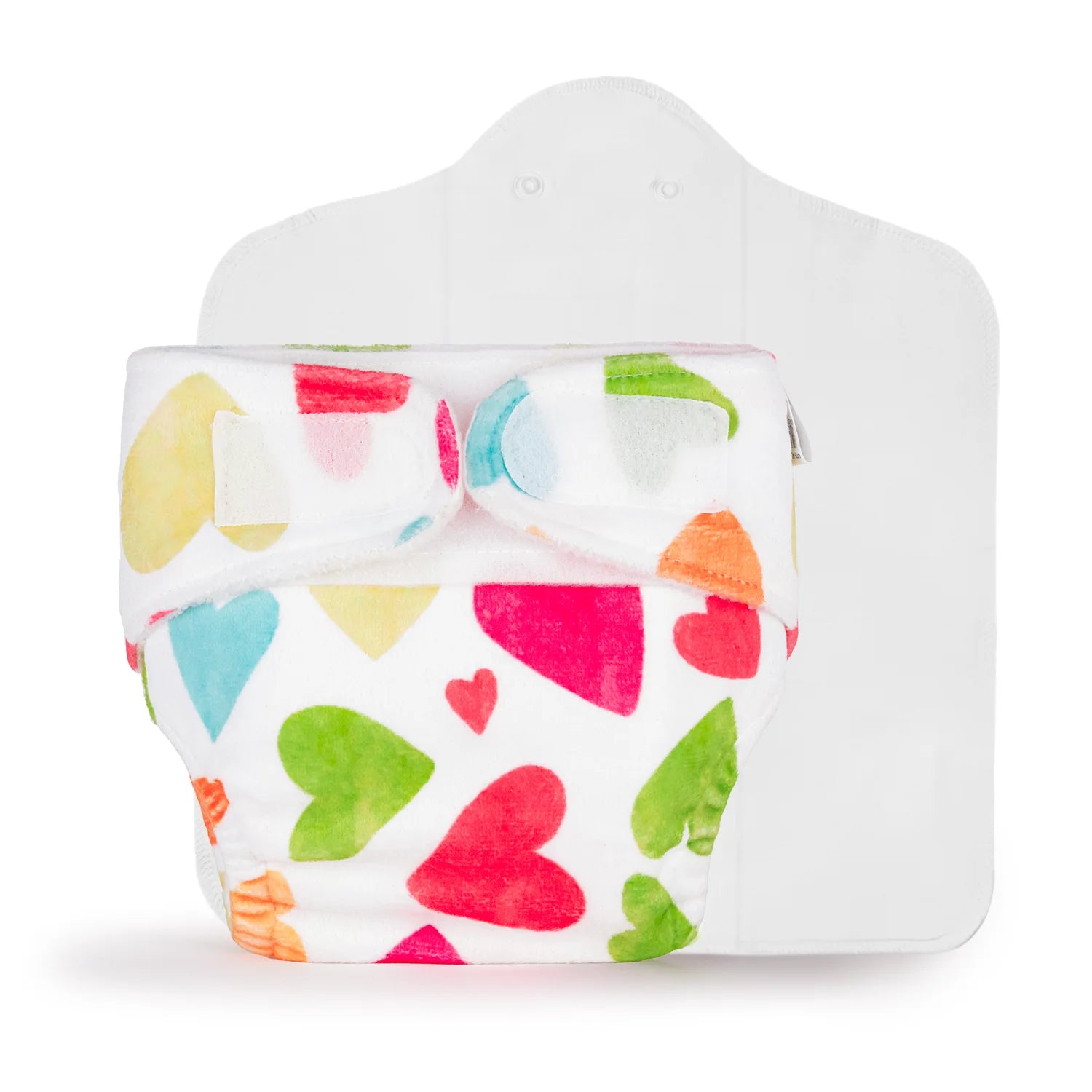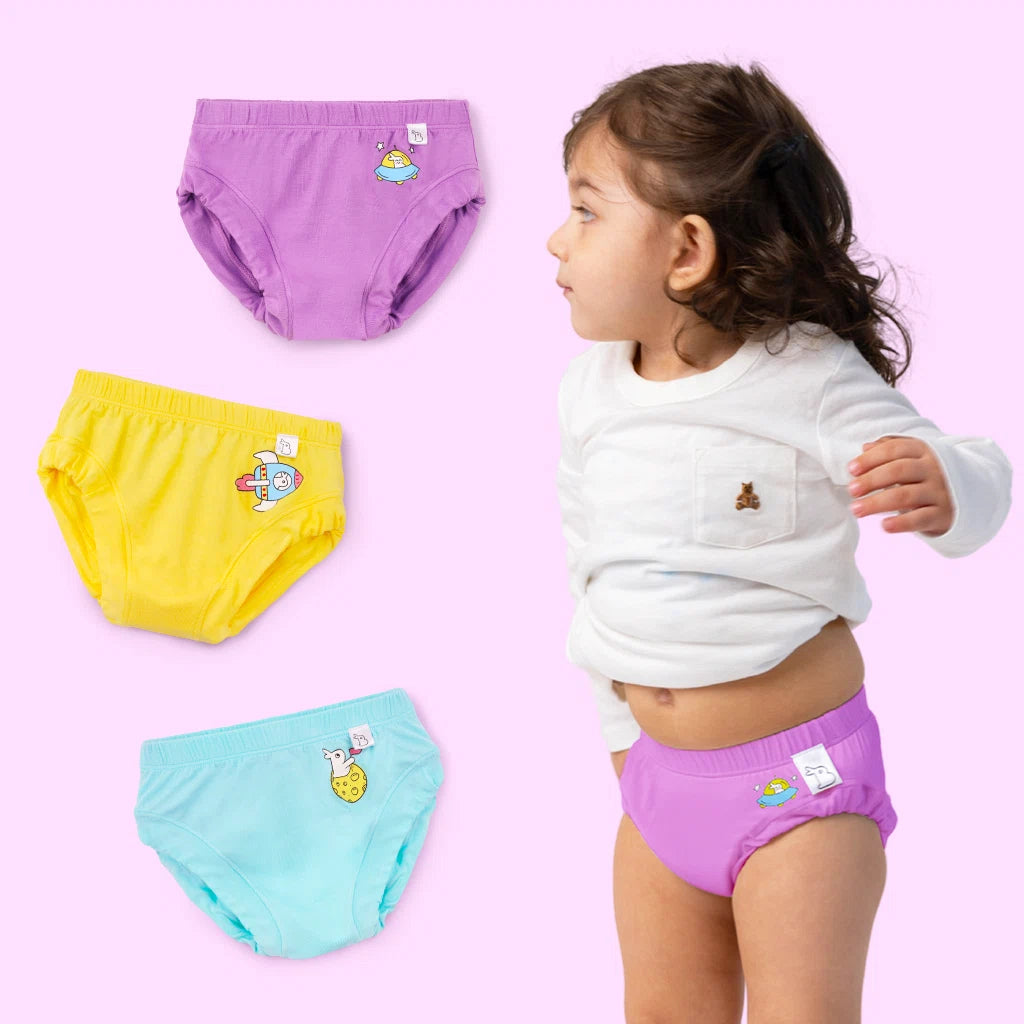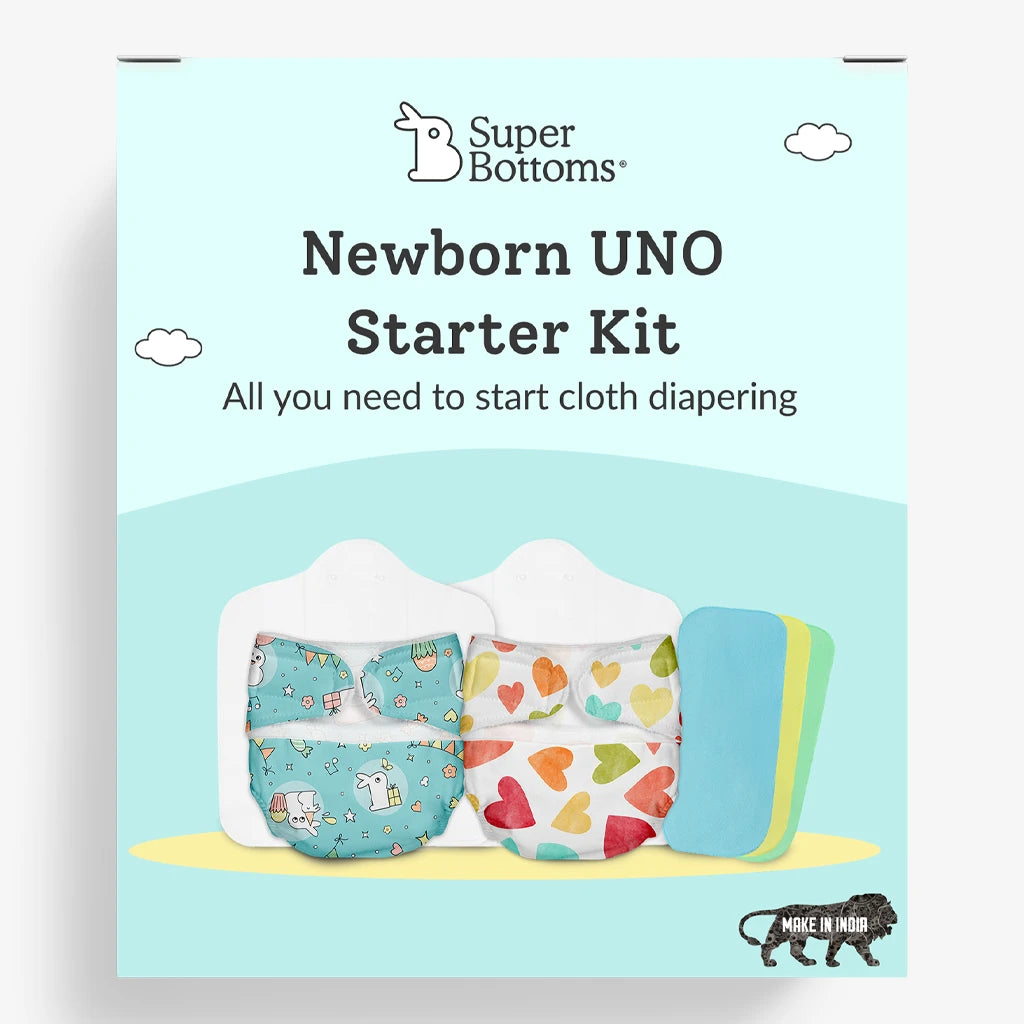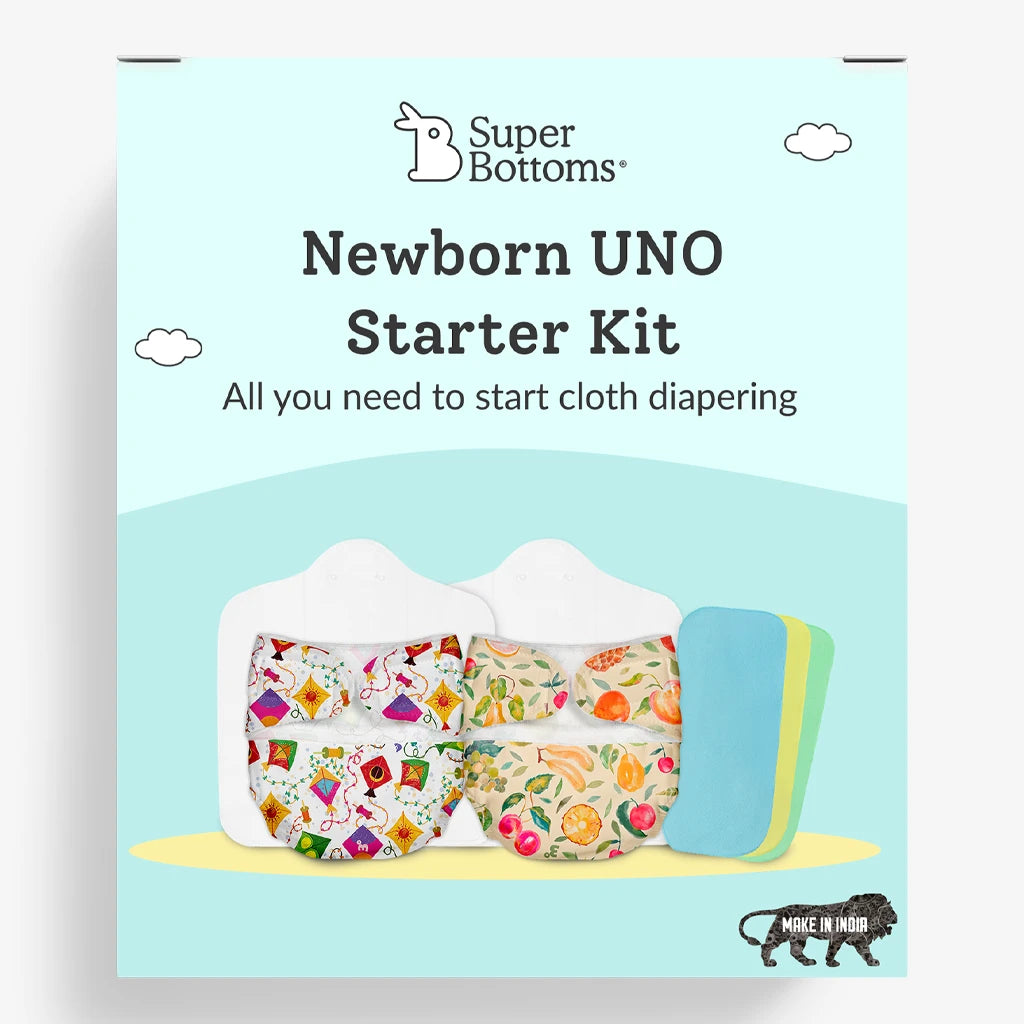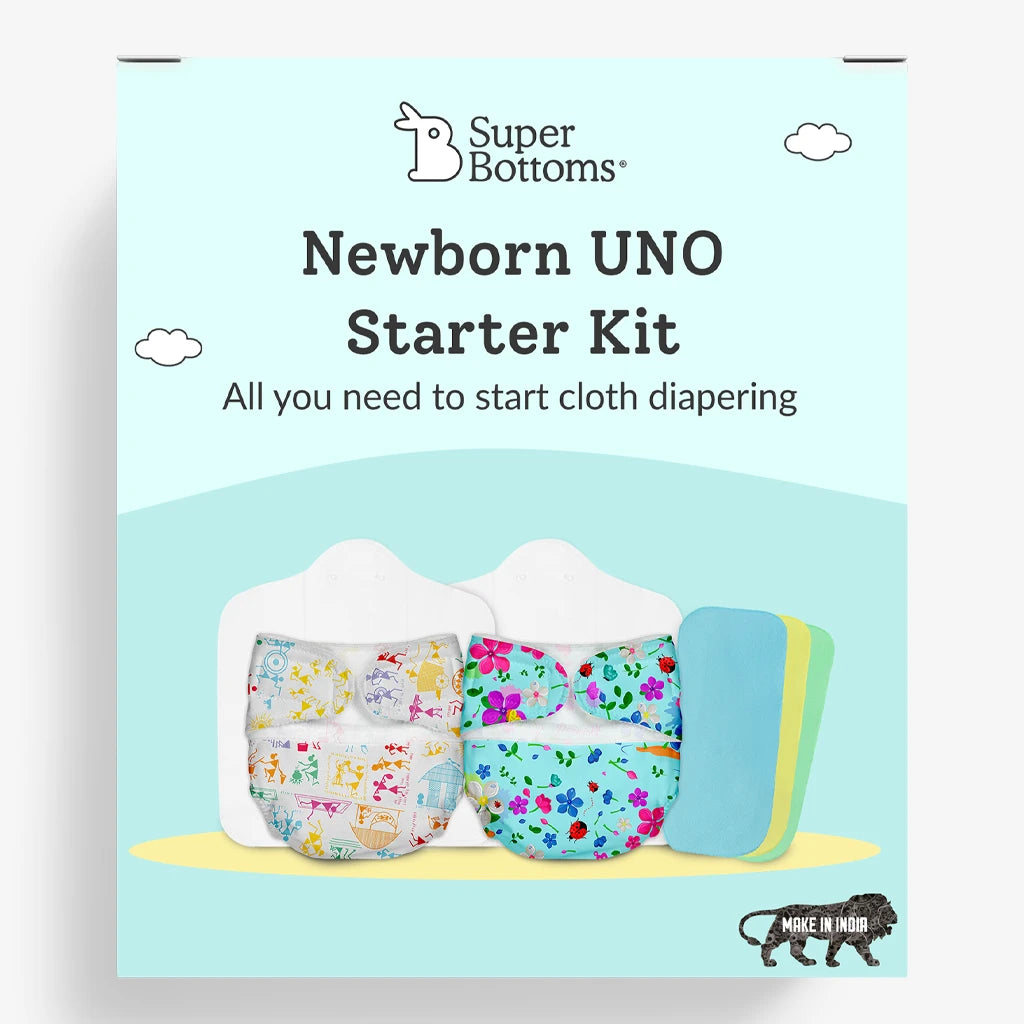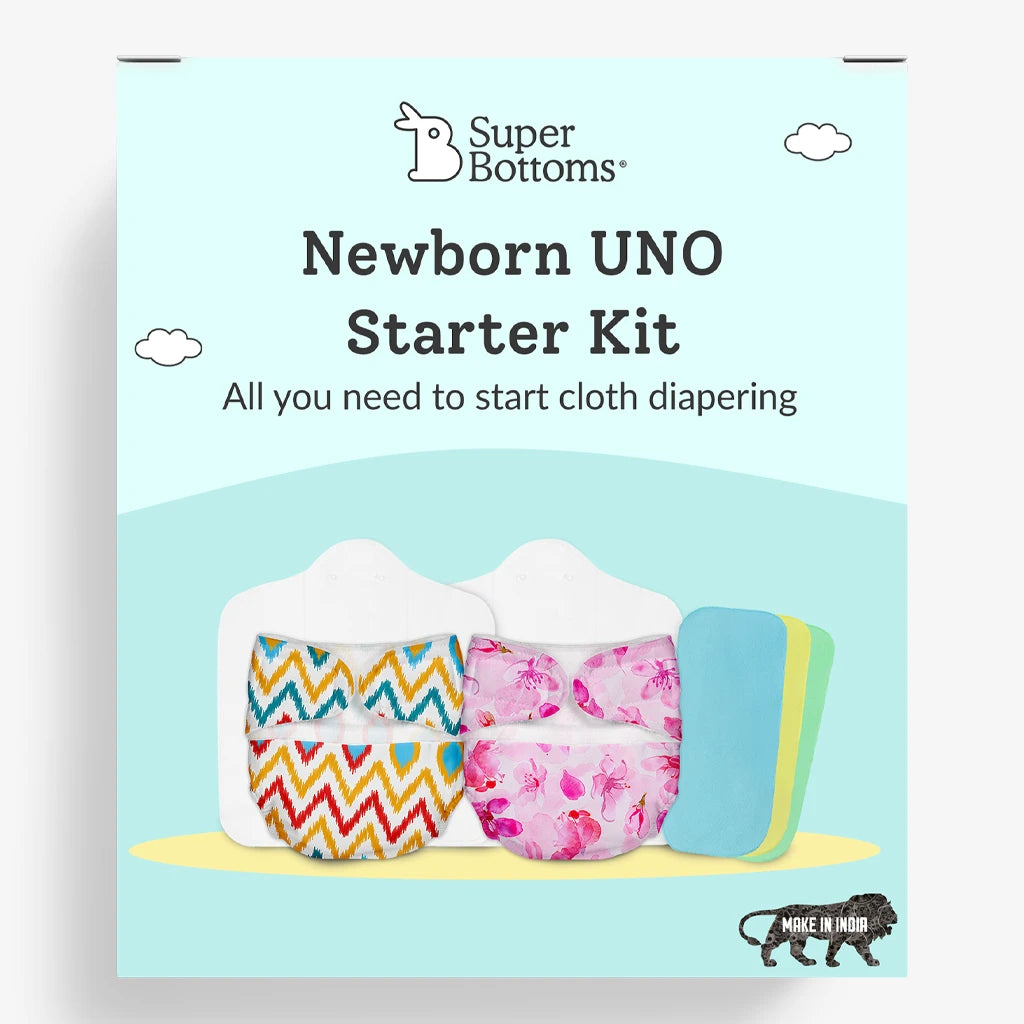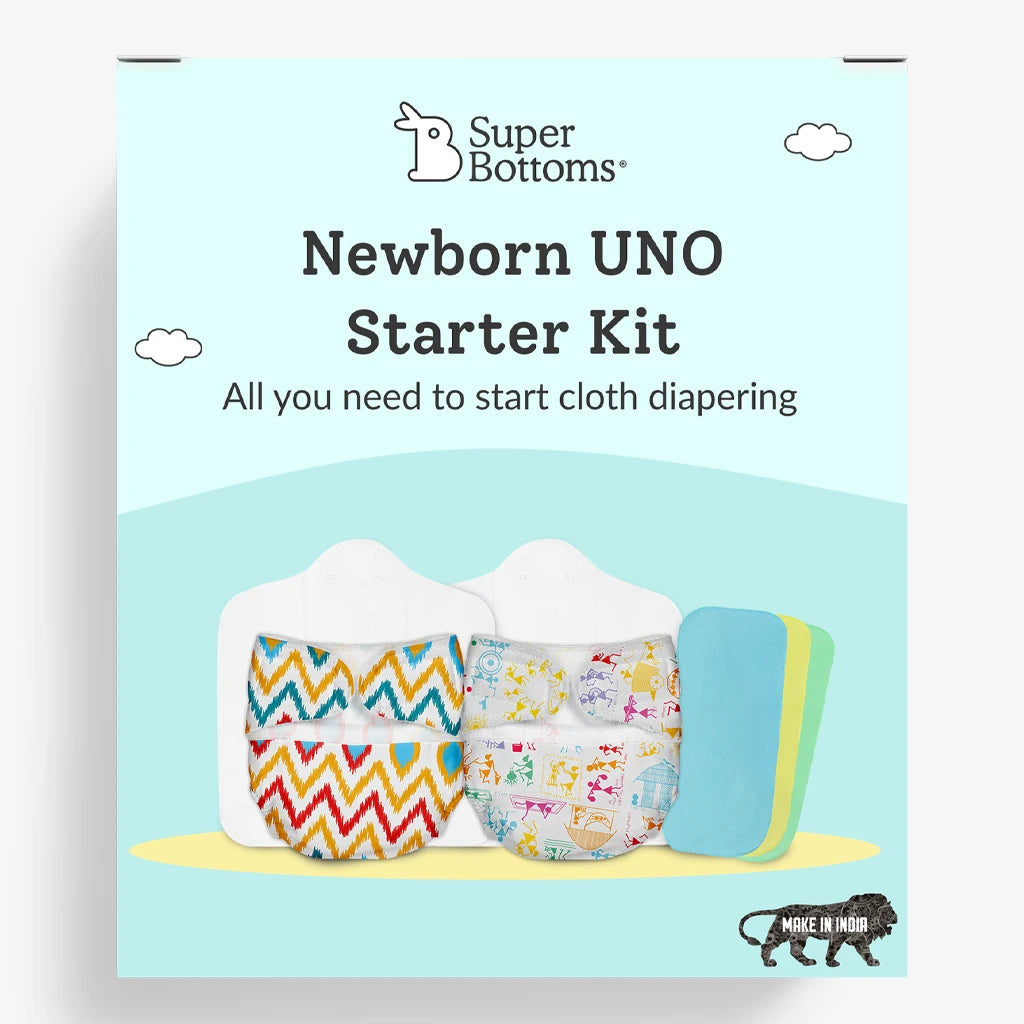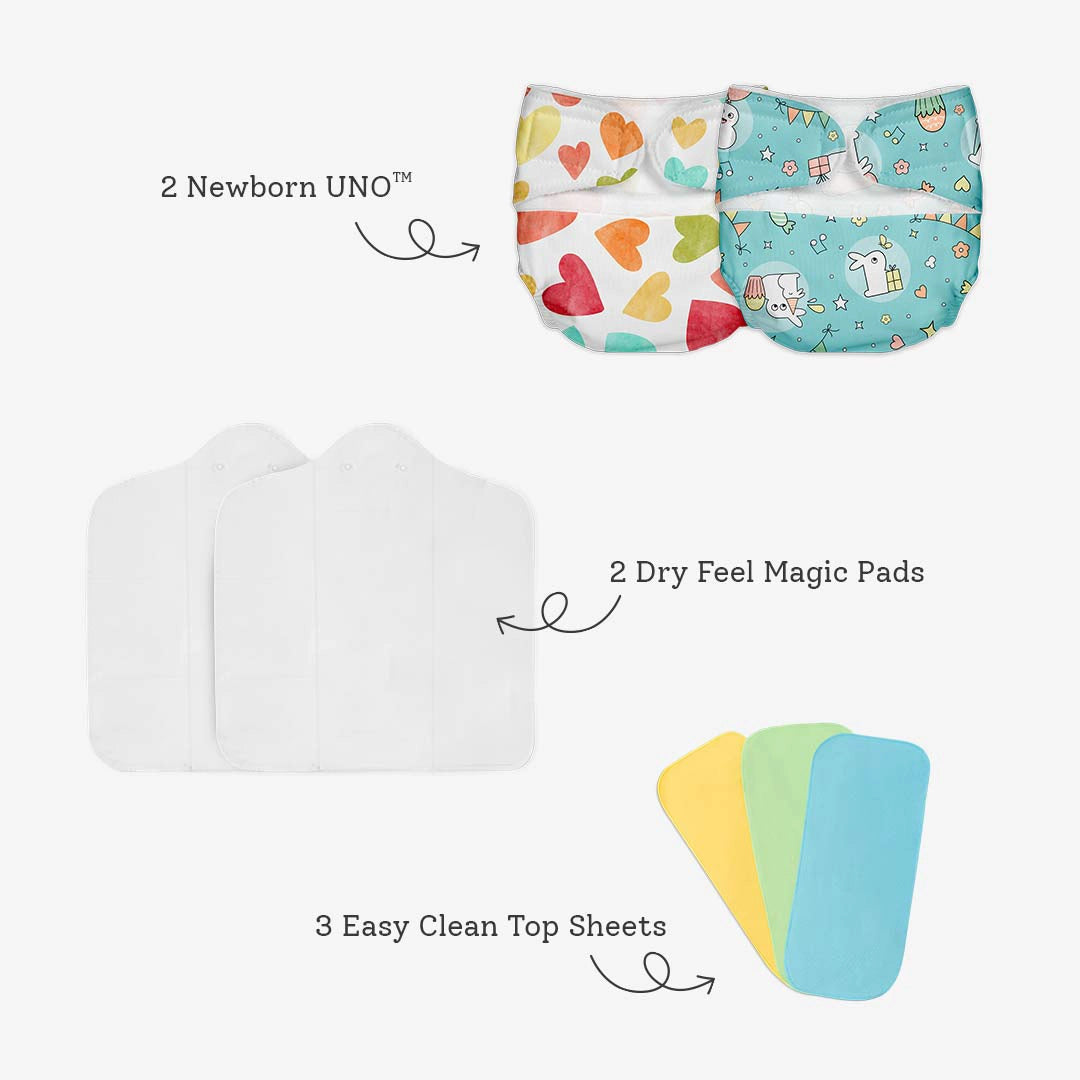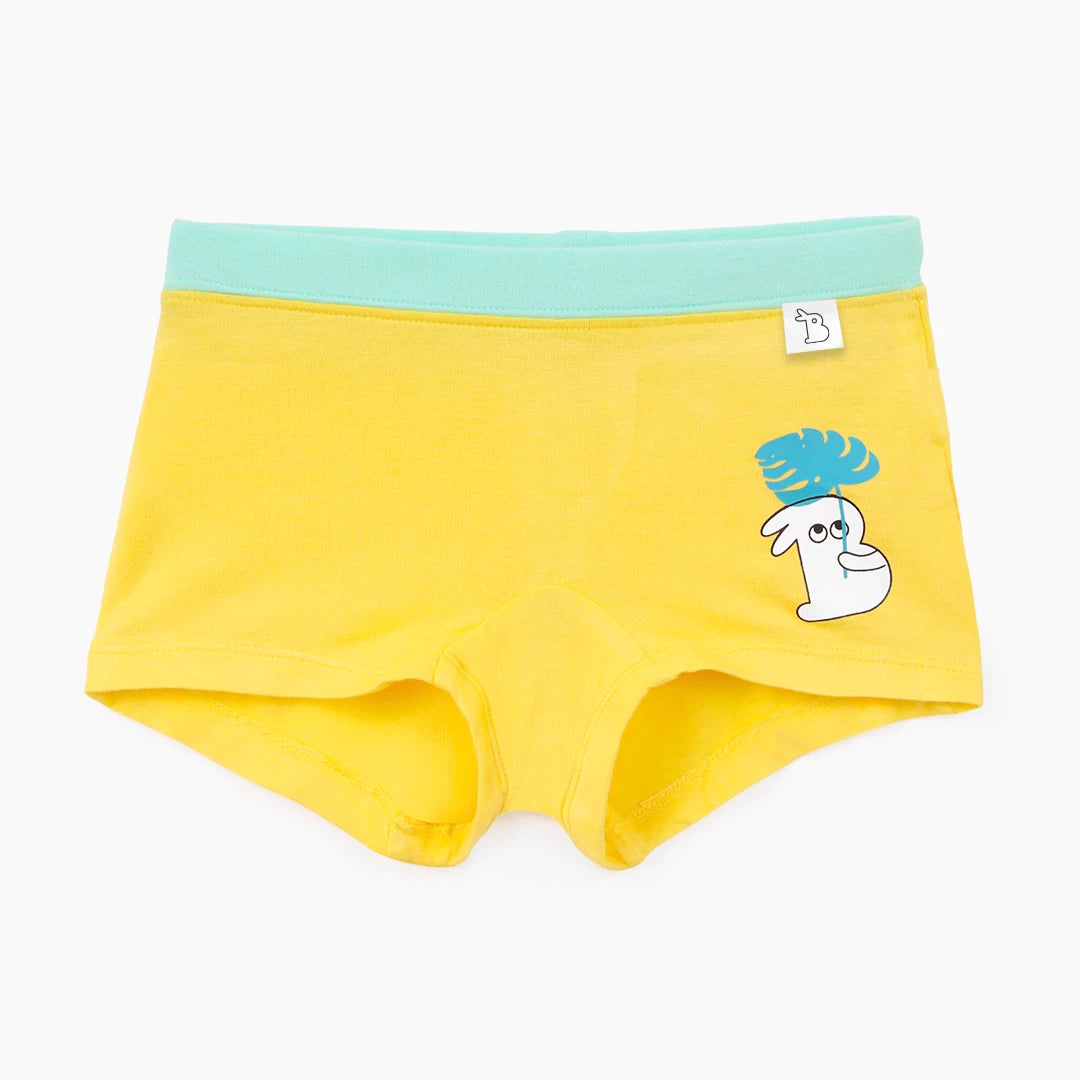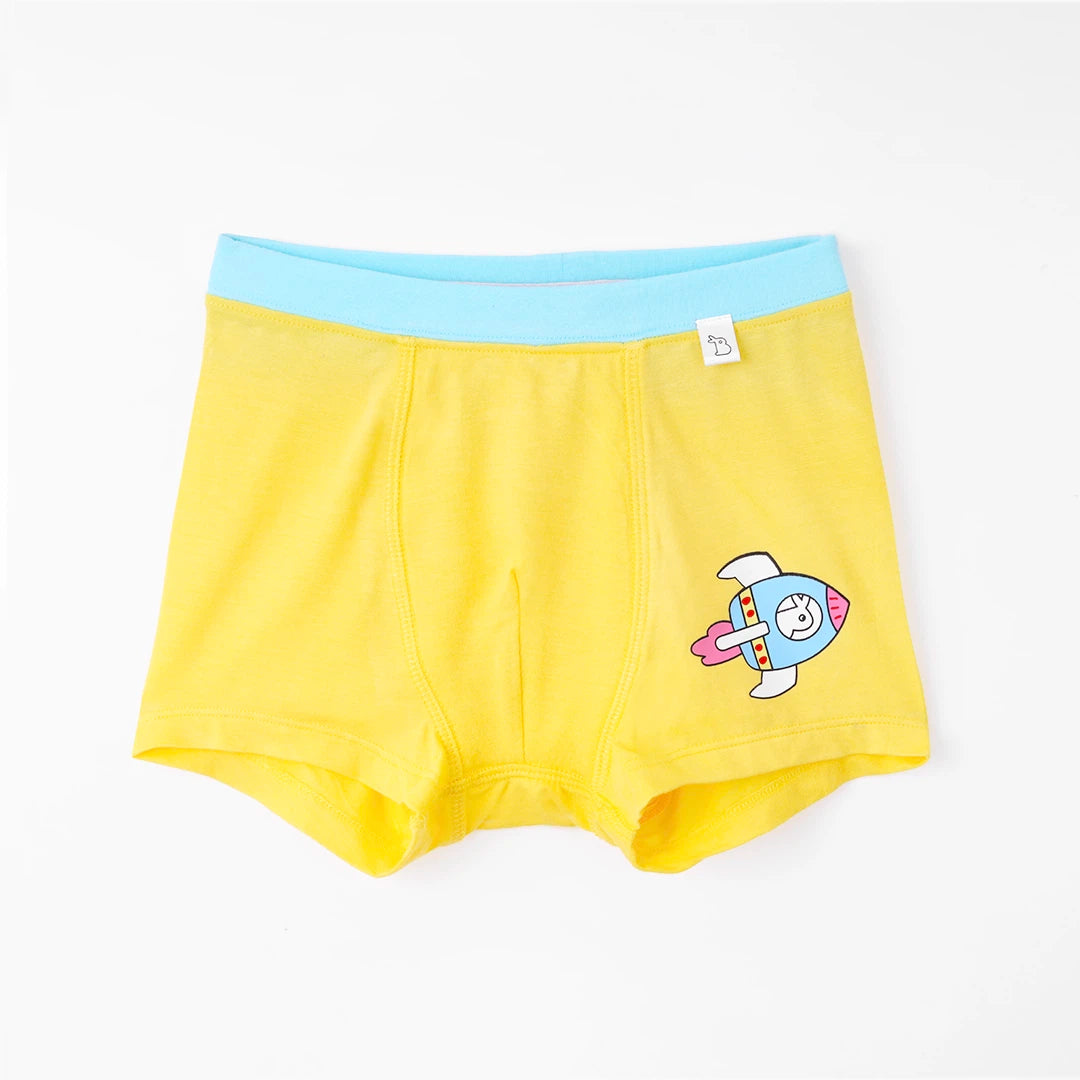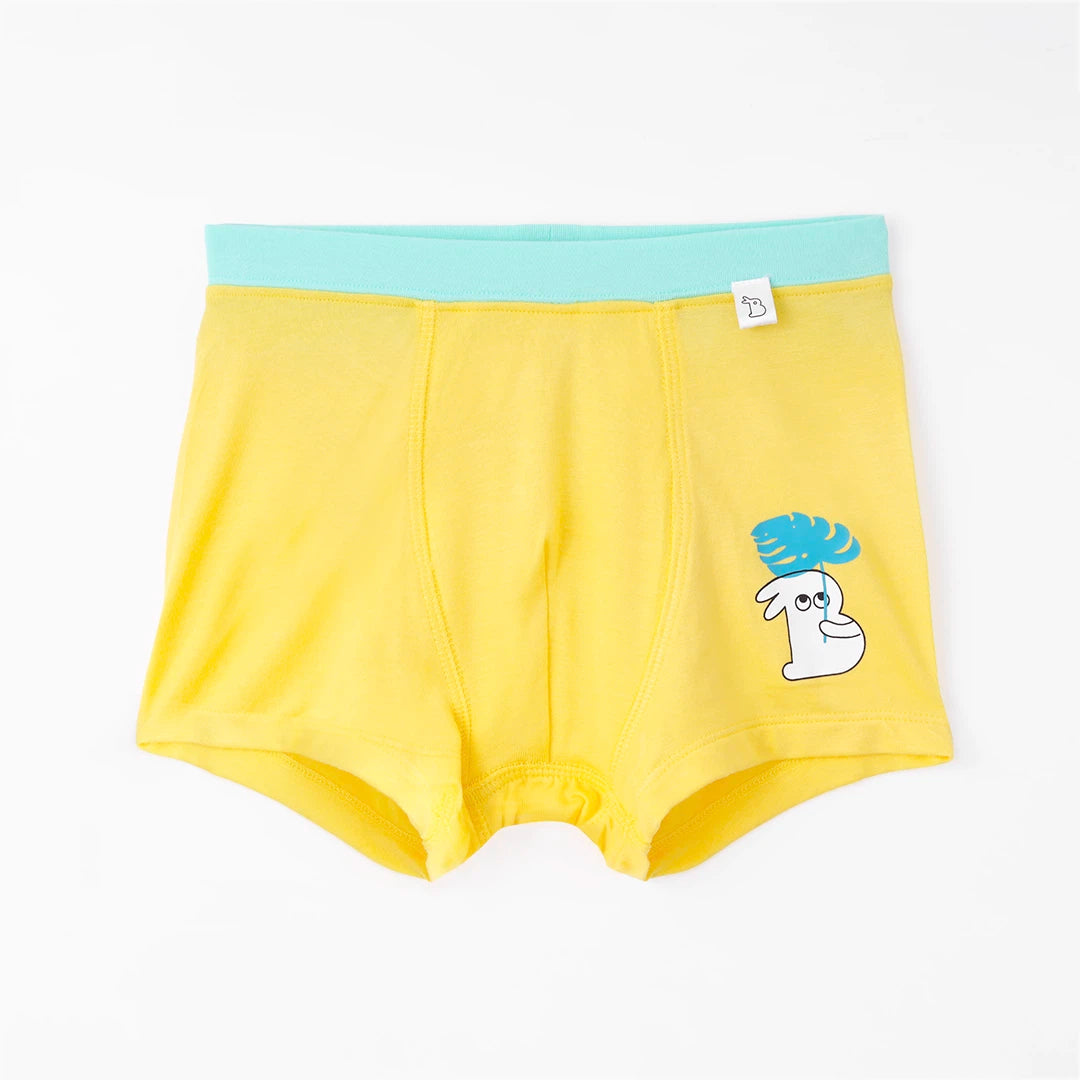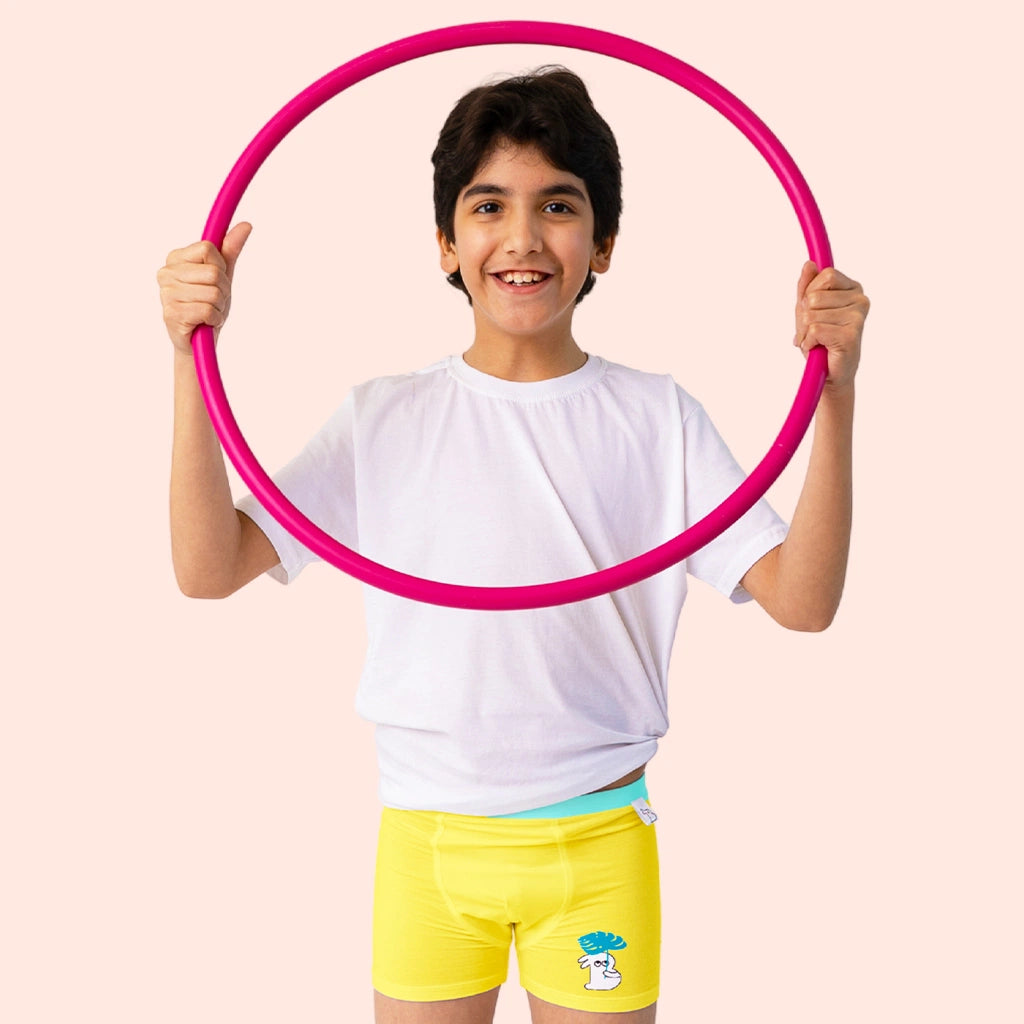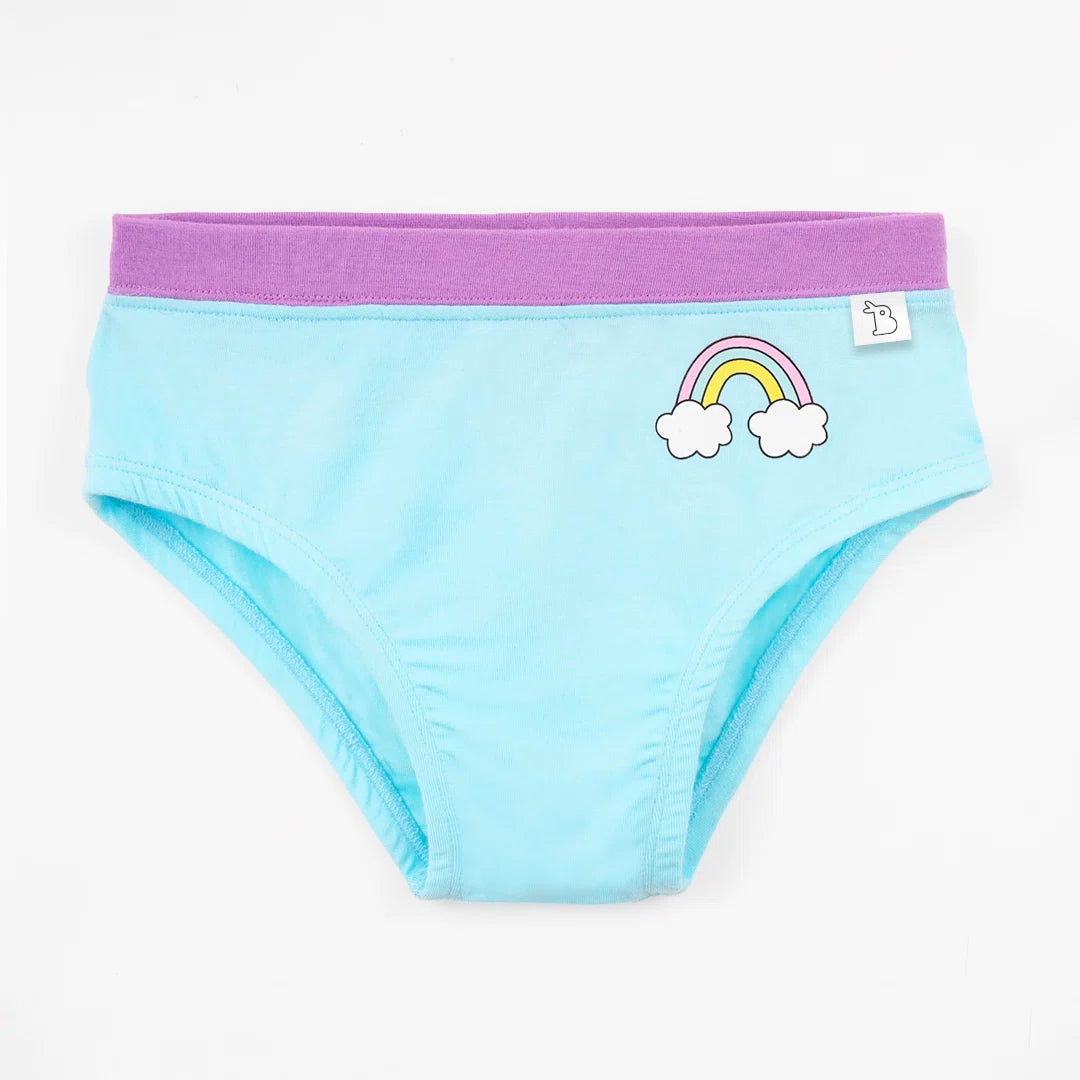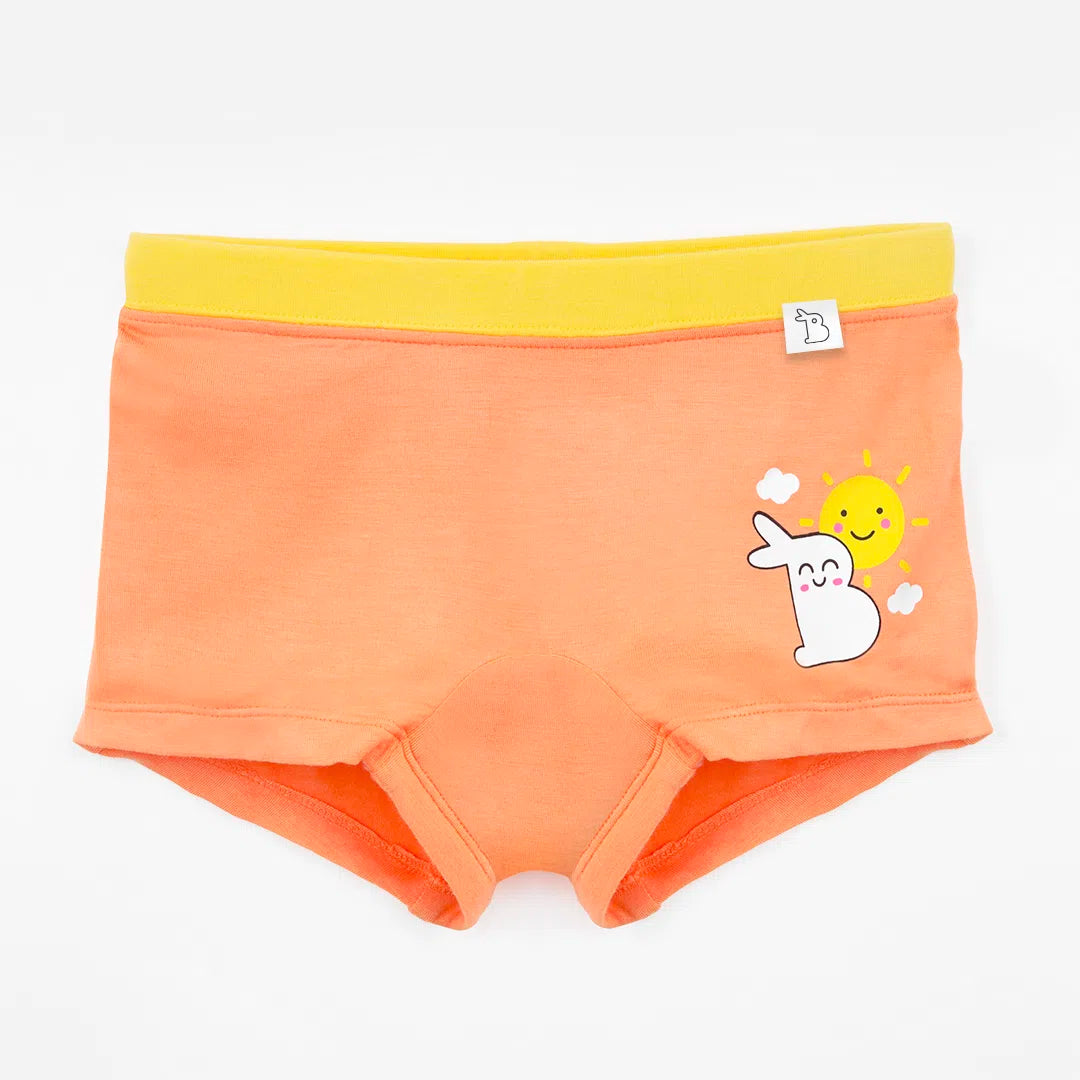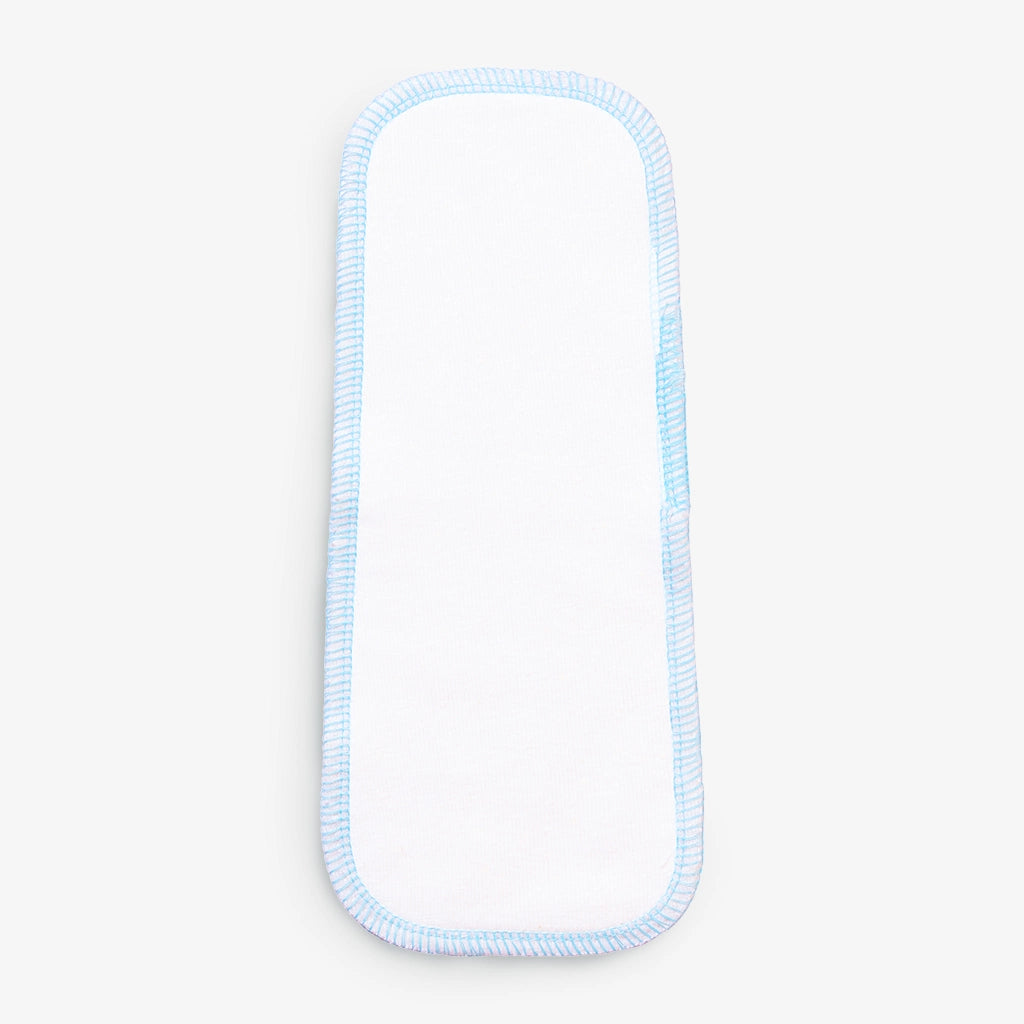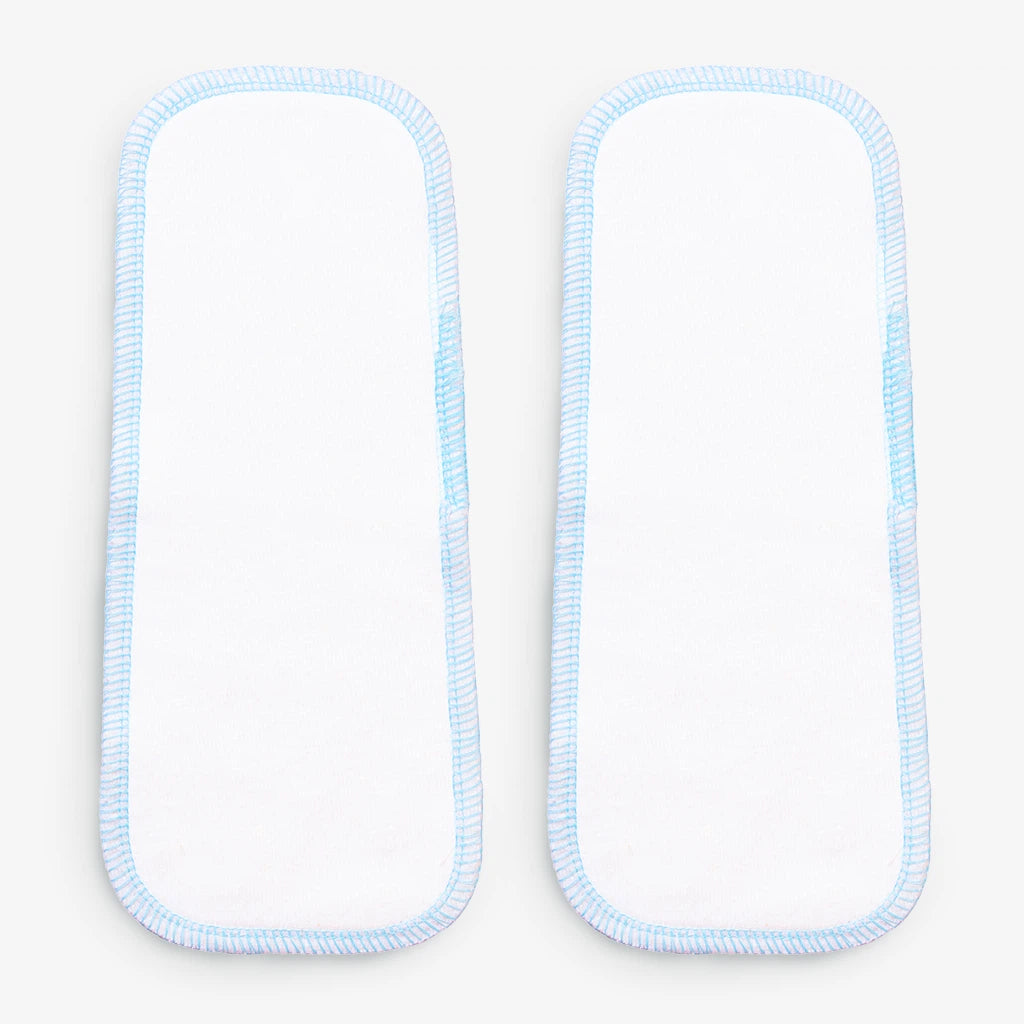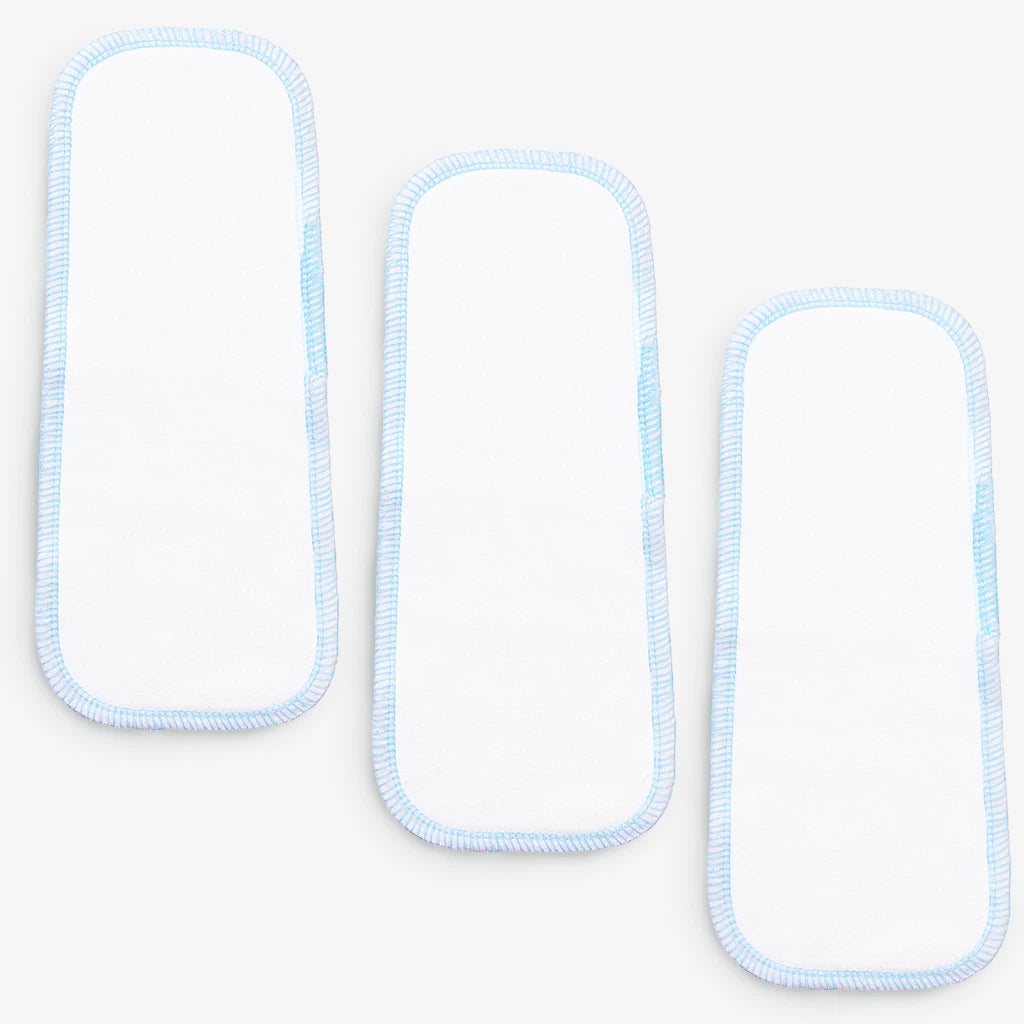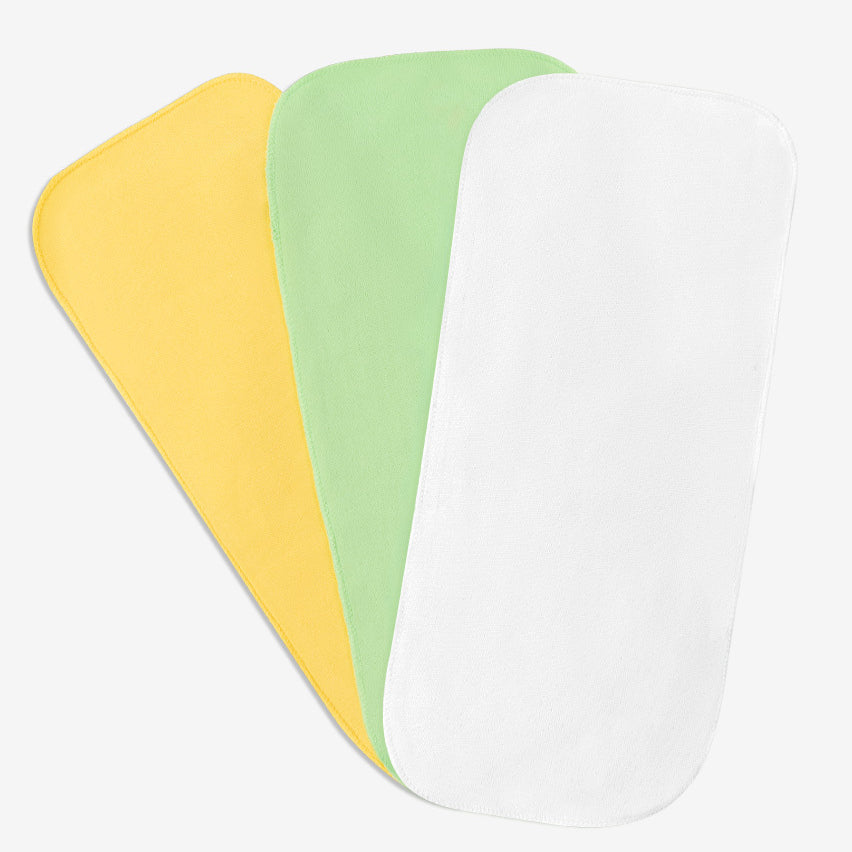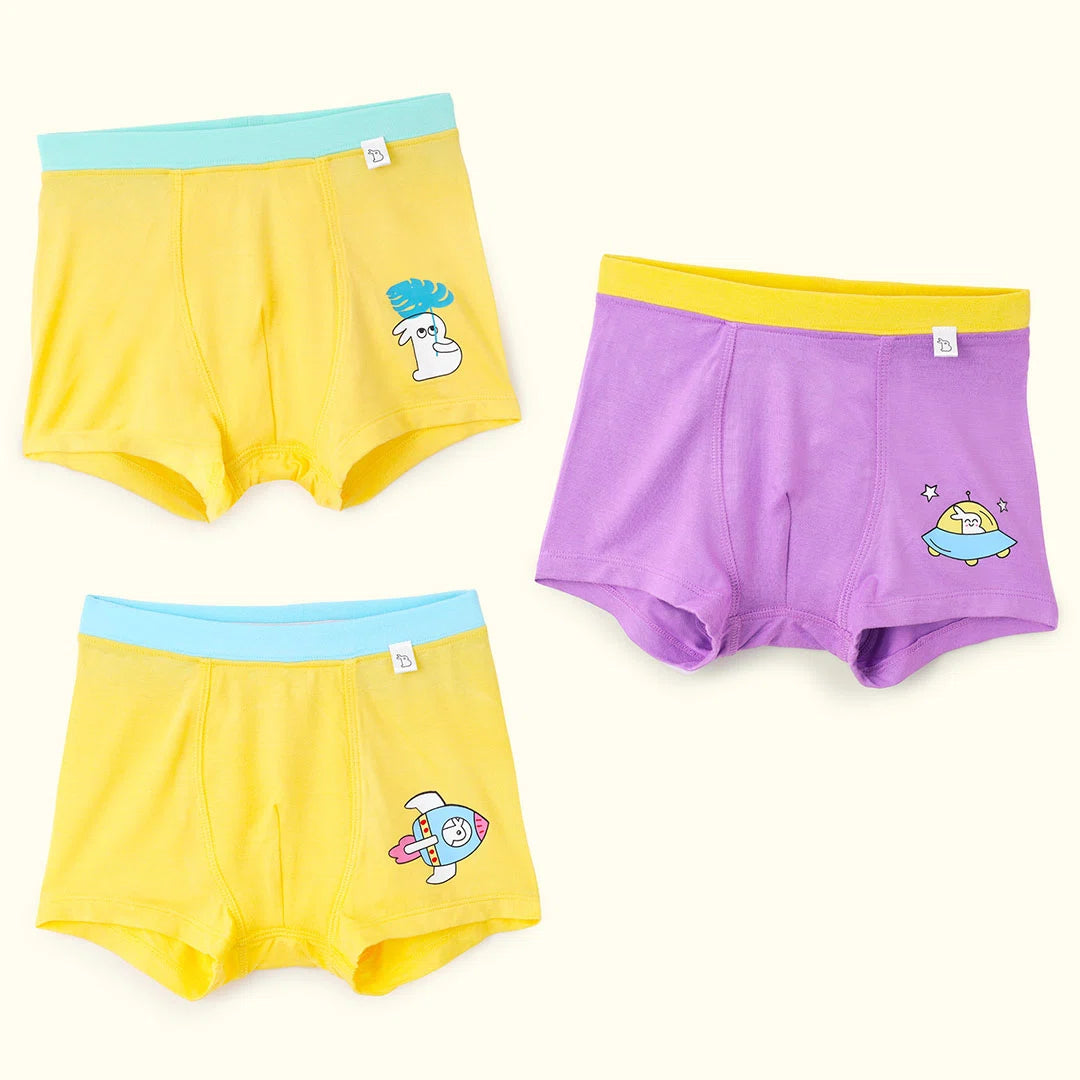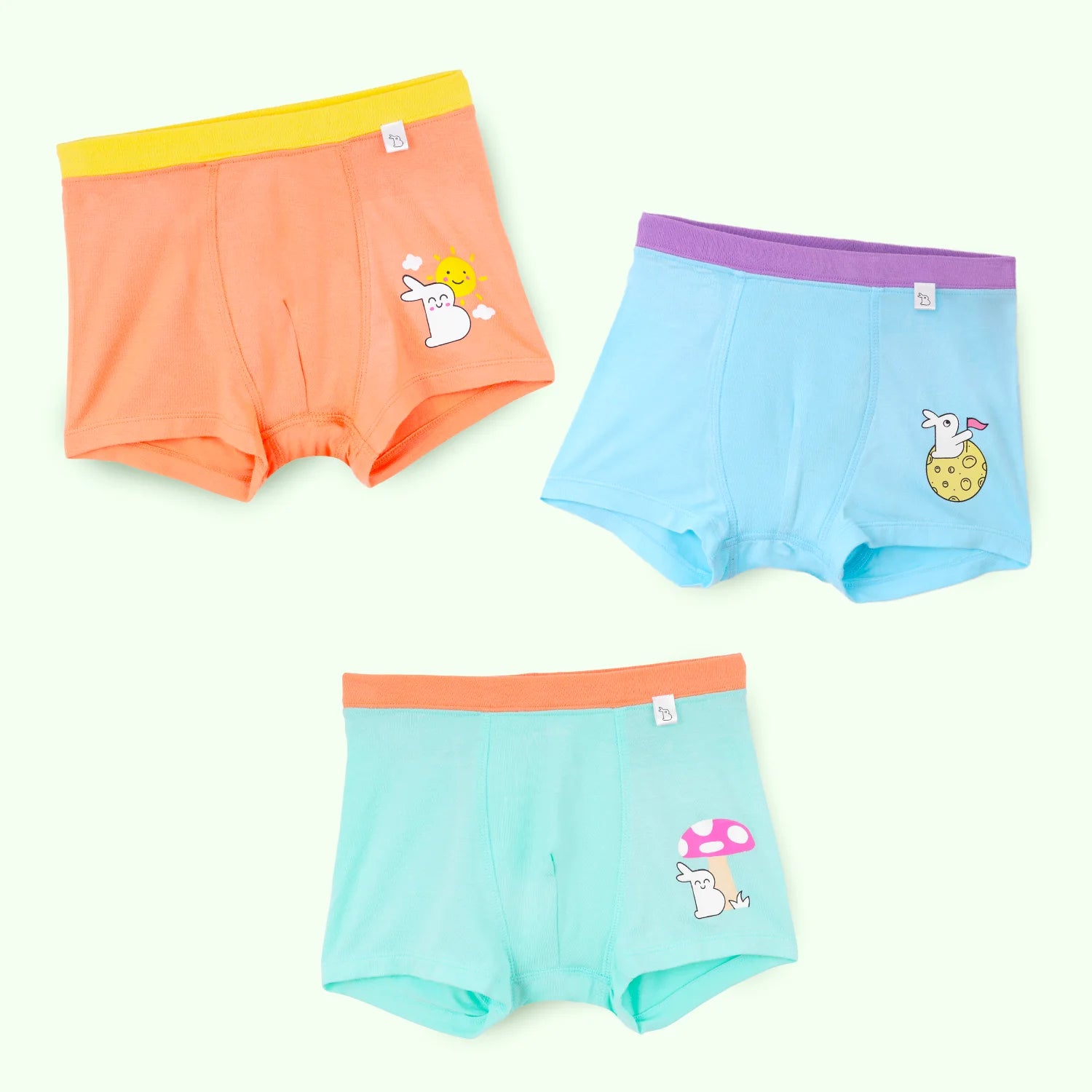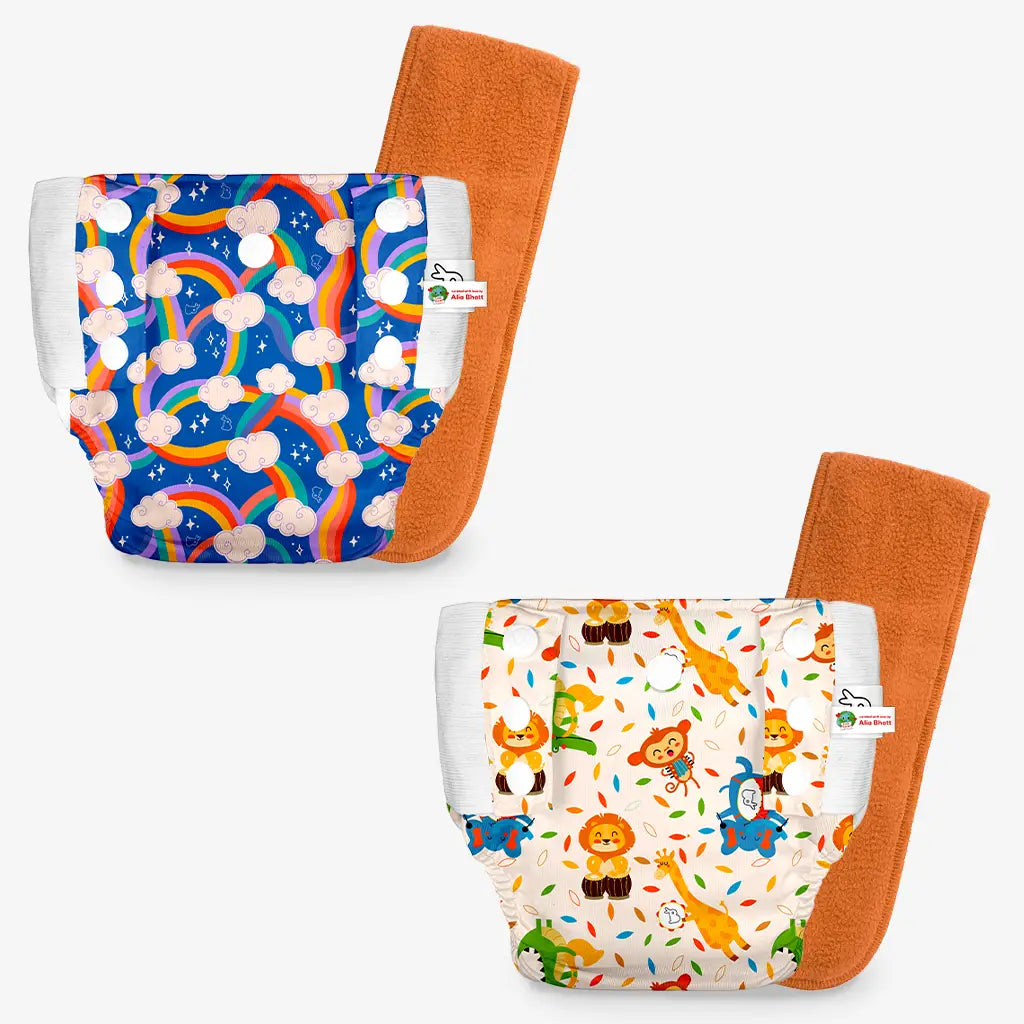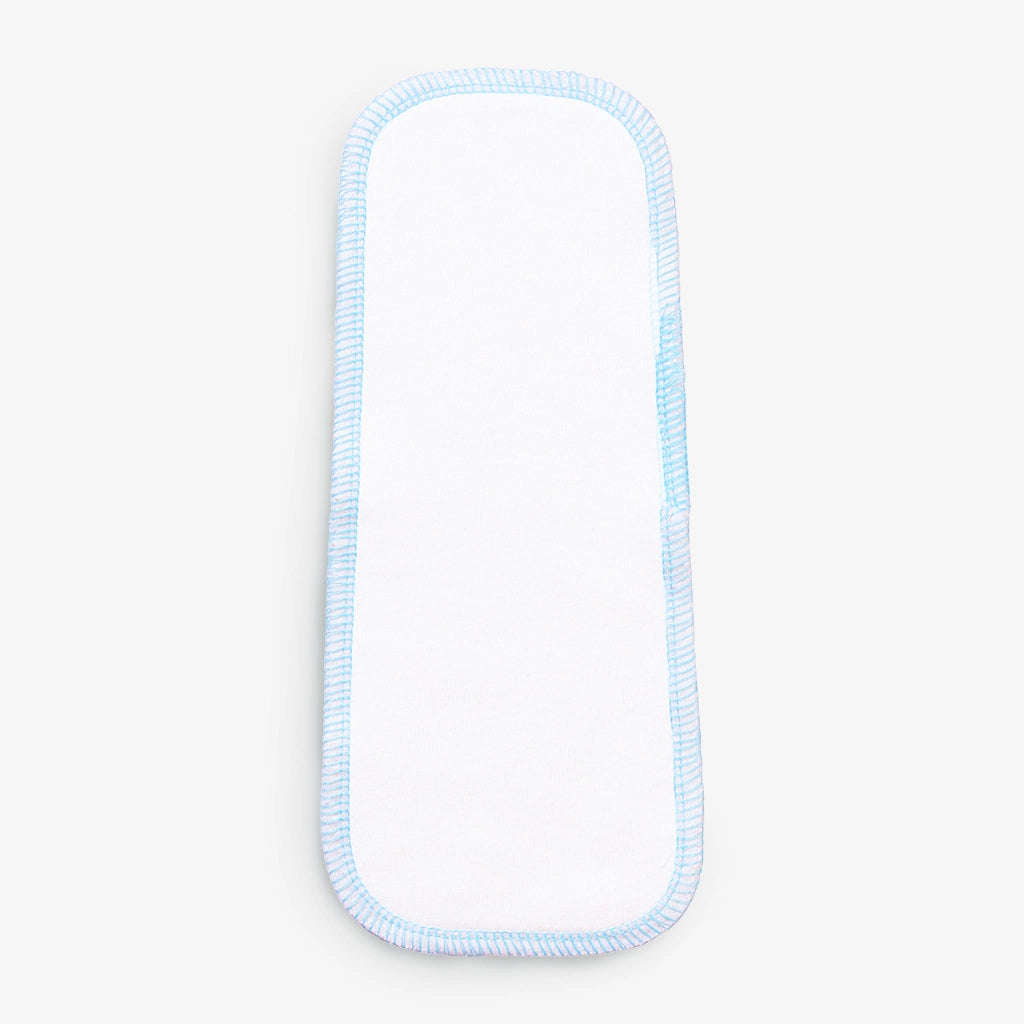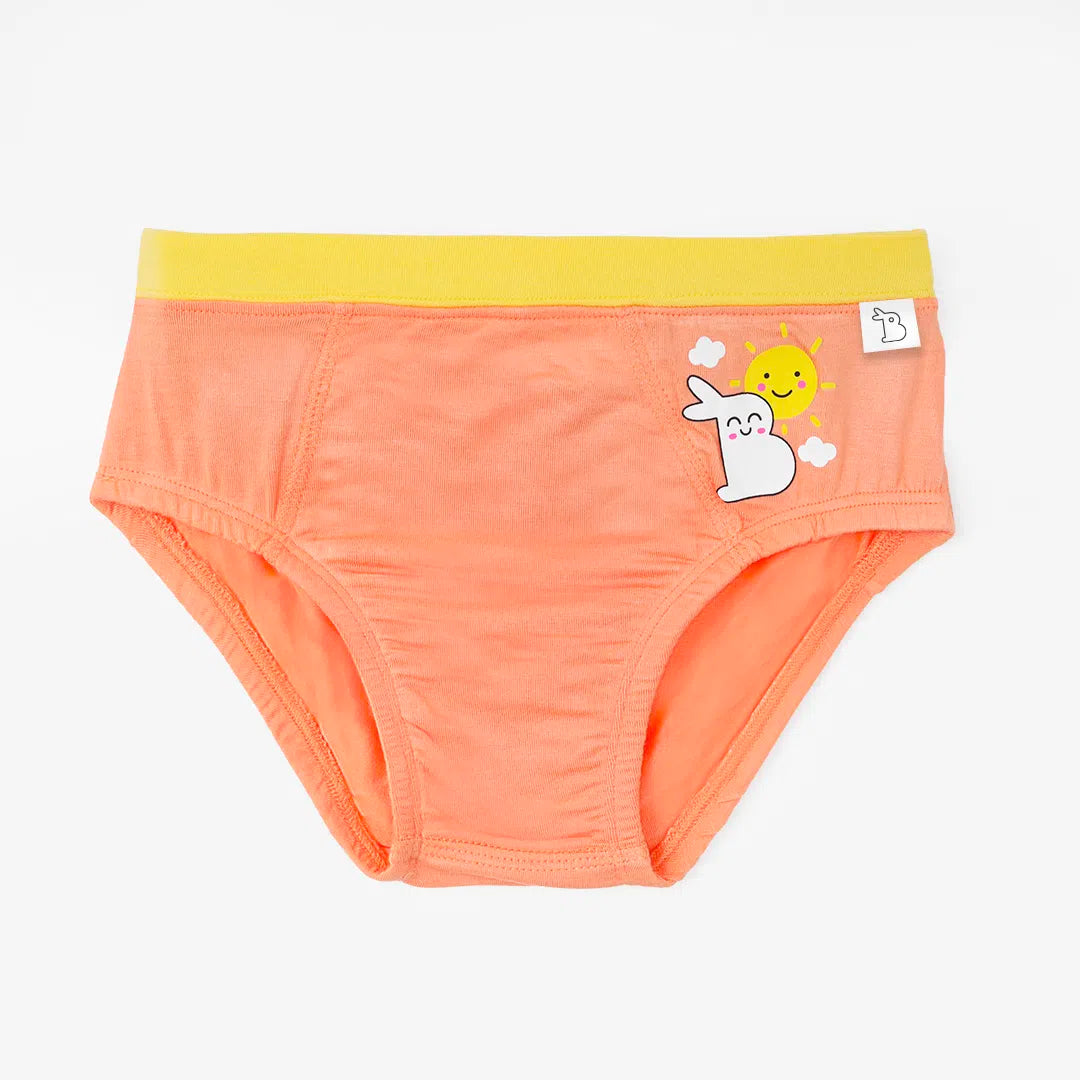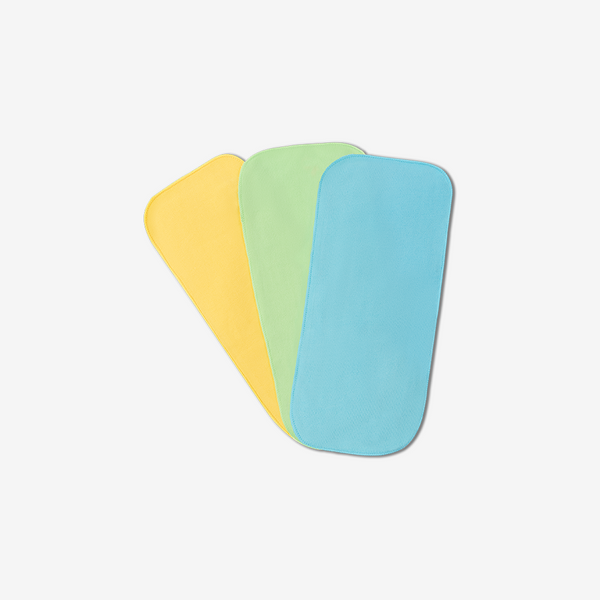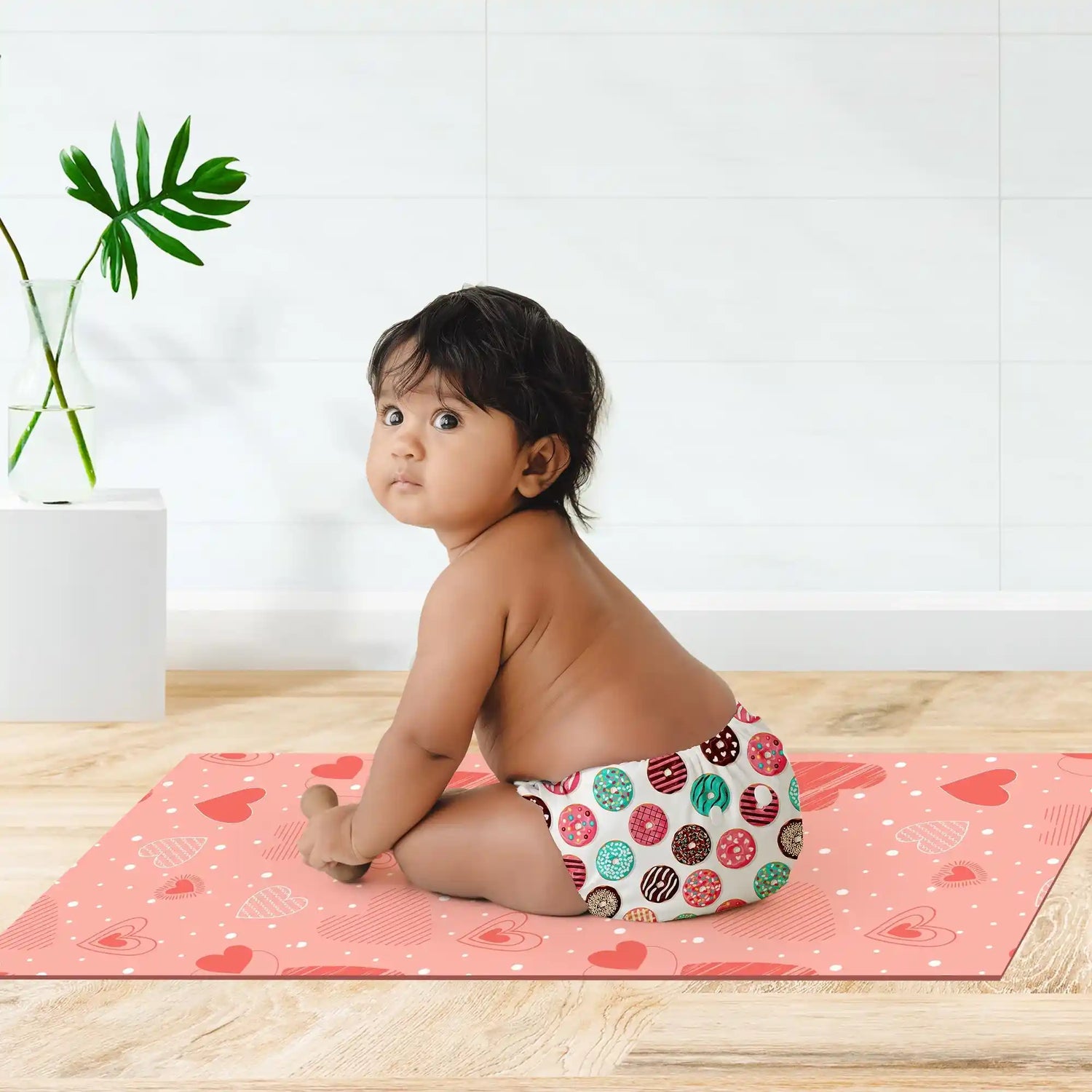About Riddhima Sainani (Author)

Riddhima Sainani is an Internationally Certified Childbirth Educator and Pregnancy Coach, and the founder of Bundle of Joy Prenatal in Mumbai. She is dedicated to guiding expecting mothers through their prenatal journey, offering steady support at every stage. Her 360-degree program includes active and educational sessions covering breastfeeding, newborn care, labour and delivery, and postpartum preparation. As a mother of two girls, Riddhima deeply understands the value of being well-informed and confident while preparing for a newborn and embracing the transition into parenthood.
Colic is one of those mysterious early-parenthood villains that shows up uninvited, causes chaos, and leaves you second-guessing everything you’re doing. When a tiny human cries for hours despite being fed, burped, cuddled, and comforted, even the calmest parent begins to unravel. But here’s the truth — colic is common, temporary, and absolutely not a reflection of your parenting. Understanding what colic really is (and isn’t!) can turn this overwhelming phase into something manageable, familiar, and far less scary.
- What Is Colic in Babies?
- Colic Baby Meaning
- Colic Pain in Babies: Signs & Behaviour
- Newborn Colic Symptoms
- What Causes Colic in Babies?
- Infantile Colic Treatment
- Home Remedies for Colic in Babies
- Best Sleeping Position for Colic Baby
- How to Reduce Colic Pain in Infants
- How to Soothe a Colic Baby
-
FAQs
What Is Colic in Babies?
If you’re wondering what is colic, here’s the simplest explanation: colic in babies refers to long, intense periods of unexplained crying in an otherwise healthy newborn.
Doctors generally follow the Rule of Threes:
- Crying for more than 3 hours a day
- For 3 or more days a week
- For 3 consecutive weeks
Colic usually starts around 2–3 weeks of age, peaks at 6–8 weeks, and begins improving by 3–4 months.
Colic Baby Meaning
A colic baby is one who cries inconsolably, often at the same time every day, usually evenings extending into the night. The crying tends to be sudden, intense, and exhausting for both baby and parent.
Colic Pain in Babies: How It Looks
During a colic episode, babies may show:
- Pulling knees to their chest
- Arching their back
- Clenched fists
- A tight, bloated tummy
- Passing gas frequently
-
A red, flushed face
This discomfort is usually linked to trapped gas, overstimulation, or an immature digestive system — but it is not harmful.
Newborn Colic Symptoms
Here are the most common newborn colic symptoms:
- Sudden, intense crying that begins at a predictable time
- Crying that lasts for hours and is hard to soothe
- Gas, bloating, or a firm abdomen
- Baby becomes red-faced or fussy
-
Crying continues despite feeding, burping, or cuddling
Seek medical help if symptoms include fever, vomiting, diarrhoea, lethargy, or poor feeding — these indicate something other than colic.
What Causes Colic in Babies?
The exact cause remains a mystery, but several theories help explain what causes colic in babies:
- Immature digestive system—the gut is still learning to process milk.
- Gas or swallowed air—causing bloating and discomfort.
- Food sensitivities—such as dairy, caffeine, or spicy foods in breastfeeding mothers.
- Formula intolerance—especially cow’s milk protein sensitivity.
- Overstimulation—too much noise, touch, or light.
- Gut microbiome imbalance—differences in beneficial bacteria.
-
Emotional adjustment—newborns may cry as they adapt to life outside the womb.
Colic is NOT caused by poor parenting. Period.
Infantile Colic Treatment
There’s no single “cure,” but many gentle approaches can reduce crying and ease discomfort.
- Swaddling helps recreate the snug, womb-like environment.
- Frequent Burping - Releases trapped air during and after feeds.
- Tummy Time - While awake and supervised, tummy time helps relieve gas pressure.
- Warm Compress - Applying a warm towel to the baby’s belly soothes cramps.
- Gentle Movement - Rocking, babywearing, or walking works wonders.
- White Noise - Fans, womb sounds, soft humming — all help regulate their nervous system.
- Infant Massage - Gentle circular strokes on the belly (clockwise) ease gas.
- Probiotics - Some babies respond well to infant probiotics (doctor’s approval required).
-
Calming Routine - A predictable rhythm helps regulate overstimulated babies.
Home Remedies for Colic in Babies
Parents often find comfort in simple, natural methods:
- A warm bath to relax muscles
- Gripe water or fennel water (ONLY on pediatric advice)
- Babywearing for closeness and warmth
- Rhythmic sounds — washing machine, soft “shushing,” gentle heartbeat
- Skin-to-skin contact
-
Keeping feeds slow, calm, and mindful
Every baby is different — experiment lovingly.
Best Sleeping Position for Colic Baby
The safest sleep position for infants is always on their back.
However, while awake and supervised:
- Upright chest-to-chest
- Football hold (tummy on your forearm)
-
Side-lying against your body
⚠️ Never let a baby sleep on their tummy or side — risk of SIDS.
How to Reduce Colic Pain in Infants
Rhythm + Repetition = Relief
Try:
- Rocking, bouncing gently, or slow walking
- Dimming lights to reduce stimulation
- Skin-to-skin contact
- Slow, paced feeding
- Avoiding frequent formula changes
-
Keeping yourself calm (your energy transfers to your baby!)
Colic affects parents too — it’s okay to take breaks.
How to Soothe a Colic Baby
A soothing toolkit that works for many parents:
- Swaddle + white noise + gentle movement
- Warm compress on the tummy
- Baby carrier for hands-free comfort
- Warm bath before bedtime
- Soft “shh-shh-shh” close to the ear
- Rocking in dim light
-
Breastfeeding on demand (if applicable)
Colic is a phase, not a flaw — and definitely not your fault. It’s exhausting, emotional, and overwhelming, but it will come to an end. Most babies outgrow it by three to four months. With patience, rhythm, and lots of cuddles, you’ll get through this chapter and look back at it with surprising fondness one day.
|
Limited Time Offers + Special Gift Sets! Now or never Super SALE is live on the SuperBottoms website! Take advantage of unbeatable value deals on our UNO Cloth Diapers, Baby Essentials, and more. Looking for the perfect present for a newborn or a toddler? Explore our thoughtfully curated Gift Sets & Combos — safe, skin-friendly, and oh-so-cute! A bundle of love for little ones and a delight for parents. HURRY — Deals and Gift Packs are live only till stocks last. Don’t miss the chance to stock up and share the joy! |
Key Takeaways
- Colic is common, temporary, and harmless — even though colic pain in babies feels intense, it usually peaks by 6–8 weeks and resolves by 3–4 months.
- Understanding triggers helps soothe newborn colic symptoms more effectively — they often stem from gas, immature digestion, overstimulation, or gut imbalance, and can be eased with simple infant colic treatments.
-
Comfort-based care works best — swaddling, tummy time, babywearing, white noise, gentle rocking, and the right sleeping positions can significantly reduce colic pain and help soothe a colic baby more effectively.
Frequently Asked Questions (FAQs)
1. How do I know if my baby has colic or something else?
If the crying follows the Rule of Threes and the baby is otherwise healthy, it’s likely colic. But if there’s fever, vomiting, diarrhoea, or poor feeding, consult a doctor.
2. Does colic mean my baby is in pain?
Colic involves discomfort (gas, bloating), but it is not dangerous or harmful.
3. Can breastfeeding cause colic?
Not directly, but sensitivities to certain foods in the mother’s diet may contribute.
4. Is formula change necessary?
Not unless your paediatrician suspects cow’s milk protein intolerance.
5. Can colic be prevented?
You can’t prevent colic, but a calm environment, slow feeding, and frequent burping can reduce severity.
6. How long does colic last?
Most babies show significant improvement by 3 to 4 months.
Message from SuperBottoms
Hi there, new parents! SuperBottoms brings you doctor-recommended cloth diapers — the best rash-free diapering solution for your baby’s sensitive and delicate skin. Unlike disposable diapers loaded with chemicals, our newborn cloth diapers, when used and washed properly, can help eliminate the risk of diaper rashes. SuperBottoms offers a wide range of safe, skin-friendly essentials for the whole family — including Reusable Cloth Diapers, Diaper Pants, DryFeel langots for diaper-free time, Padded Underwear for potty training, SuperSoft Underwear for everyday comfort, Joggers for playful days, and Period Underwear for women. Not just for everyday use, SuperBottoms products also make the best gifting choice for babies — thoughtful, eco-friendly, practical, and loved by parents. Now available on Amazon, Myntra, Flipkart, FirstCry, Zepto, Swiggy and Blinkit









